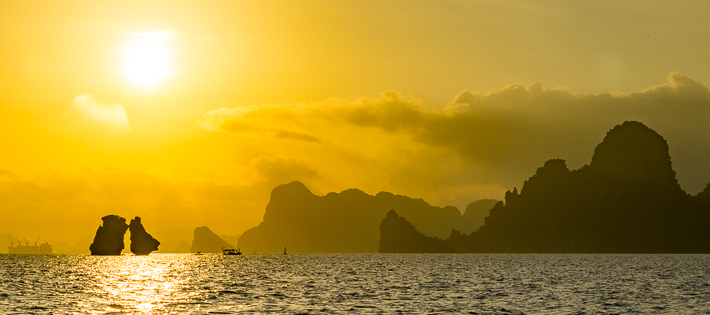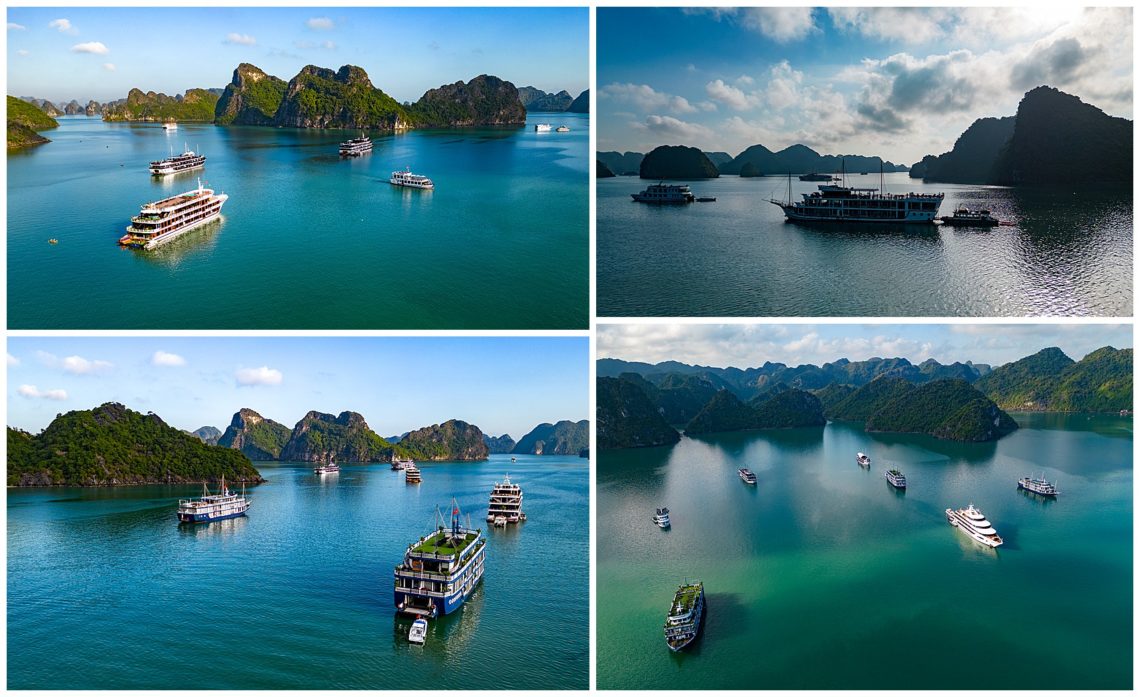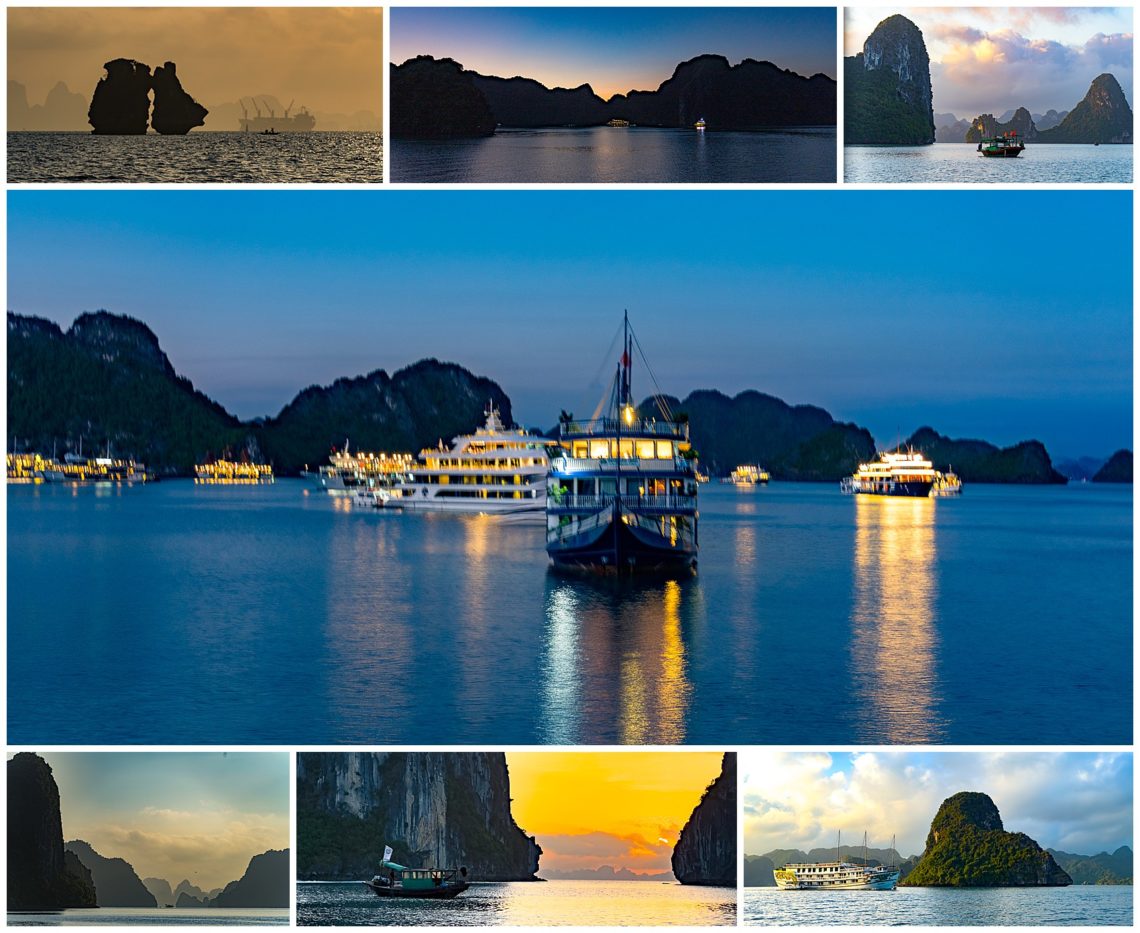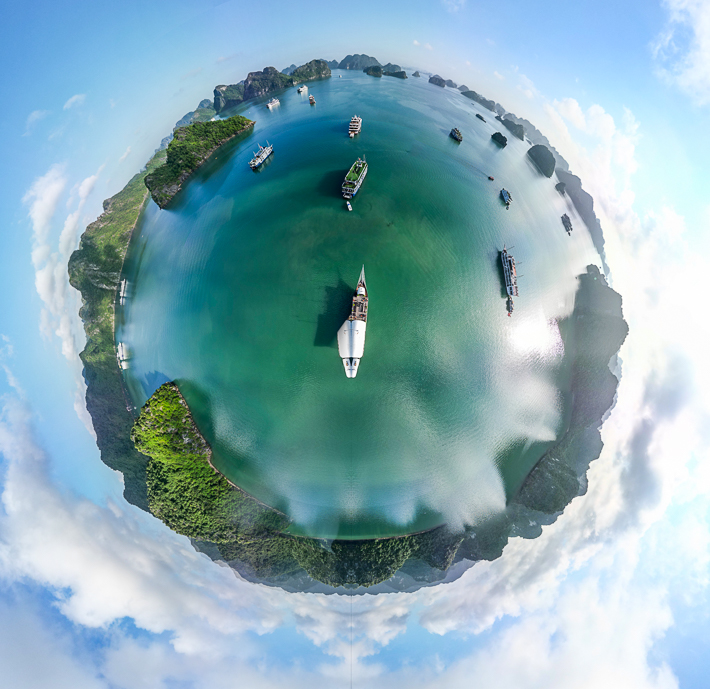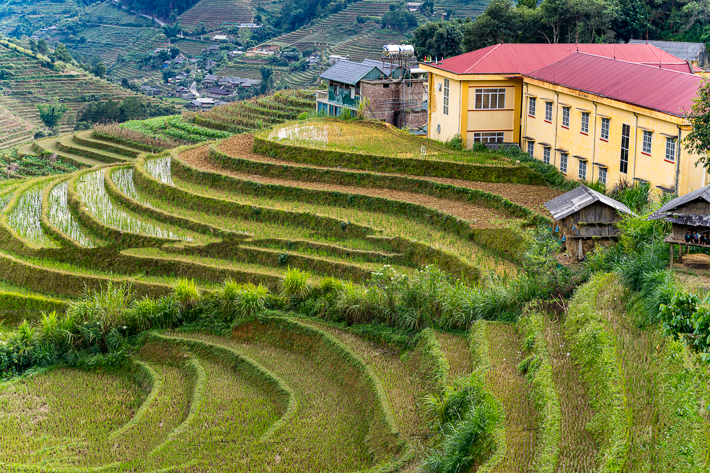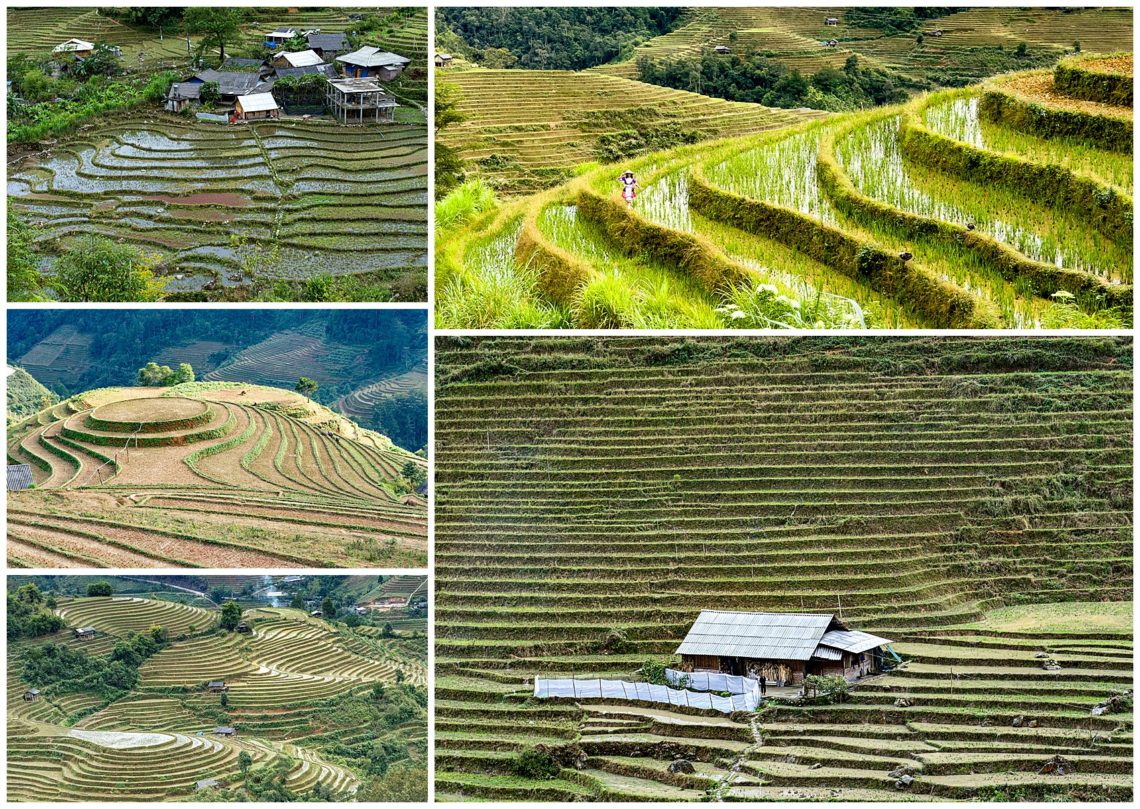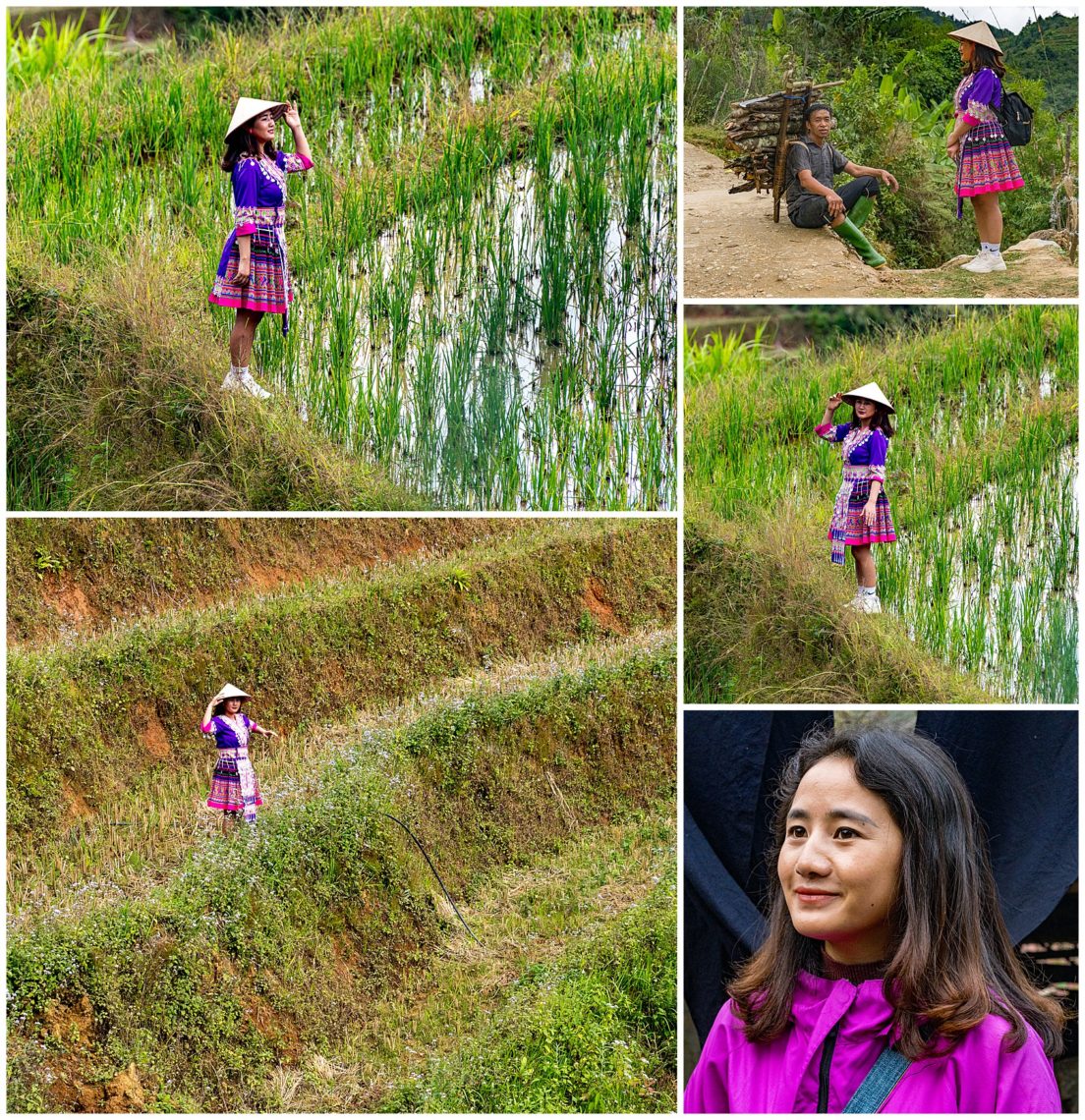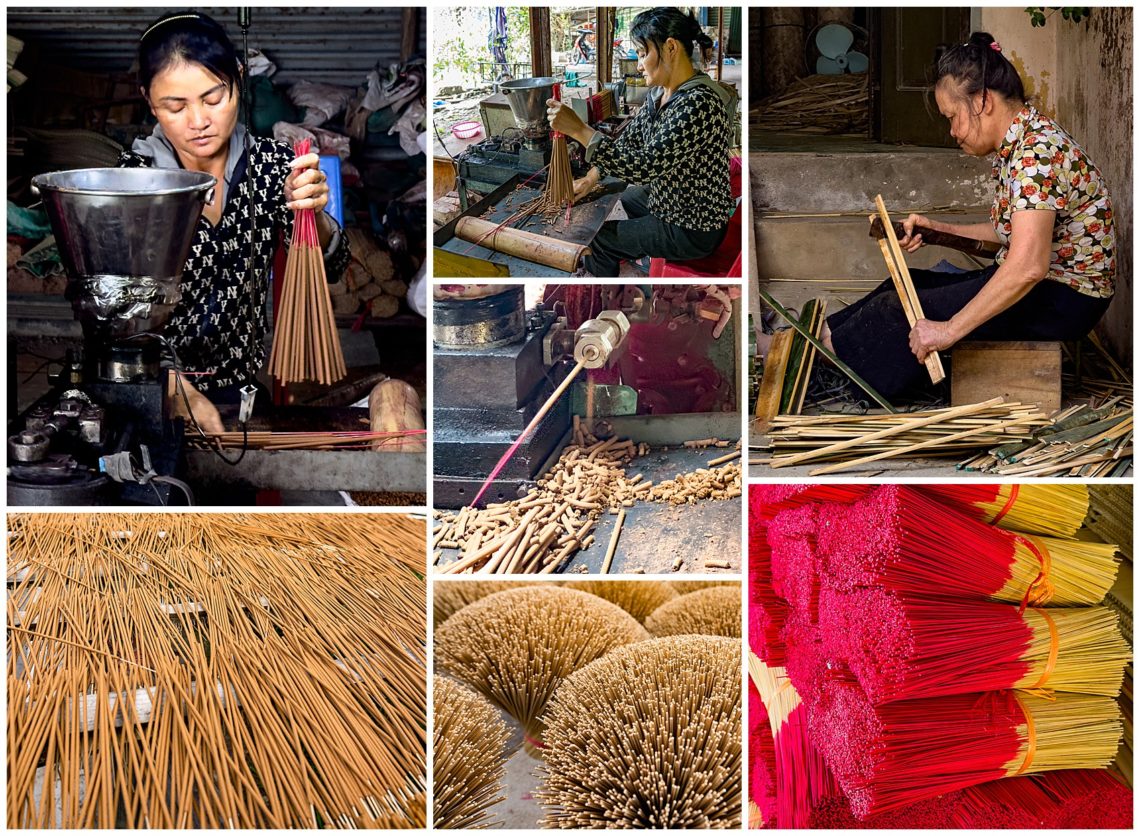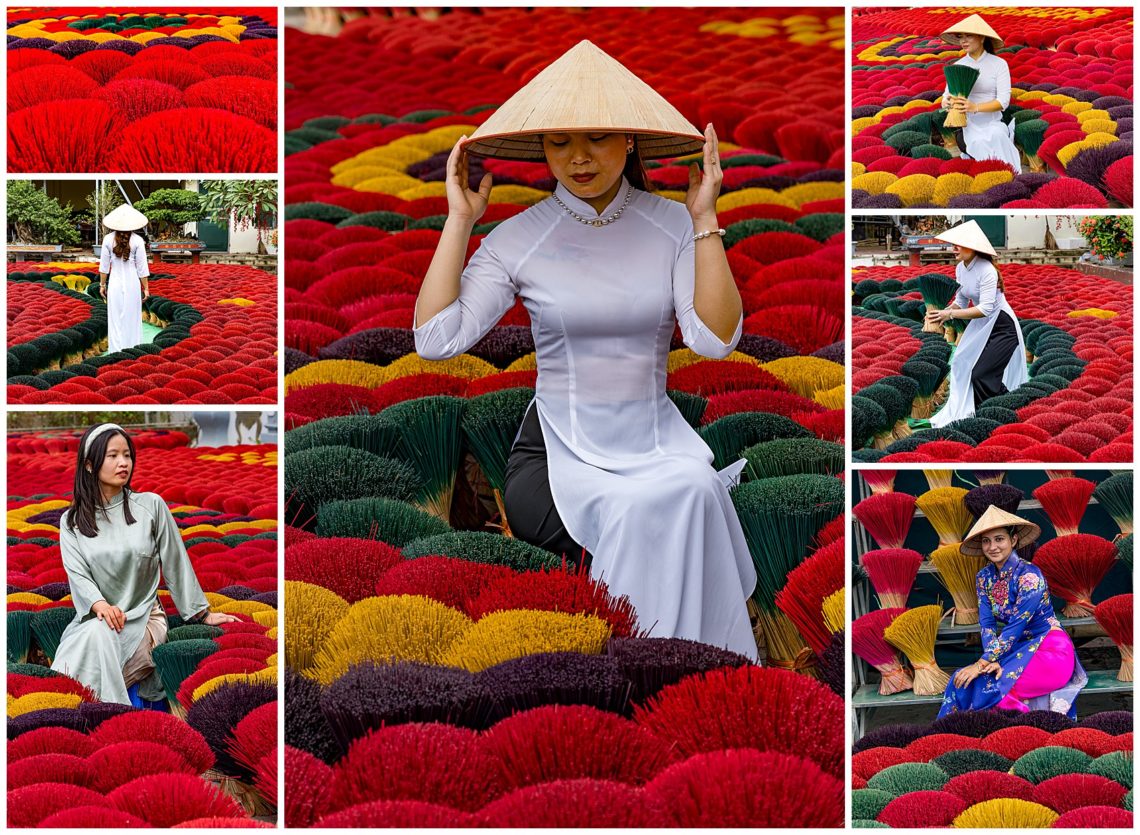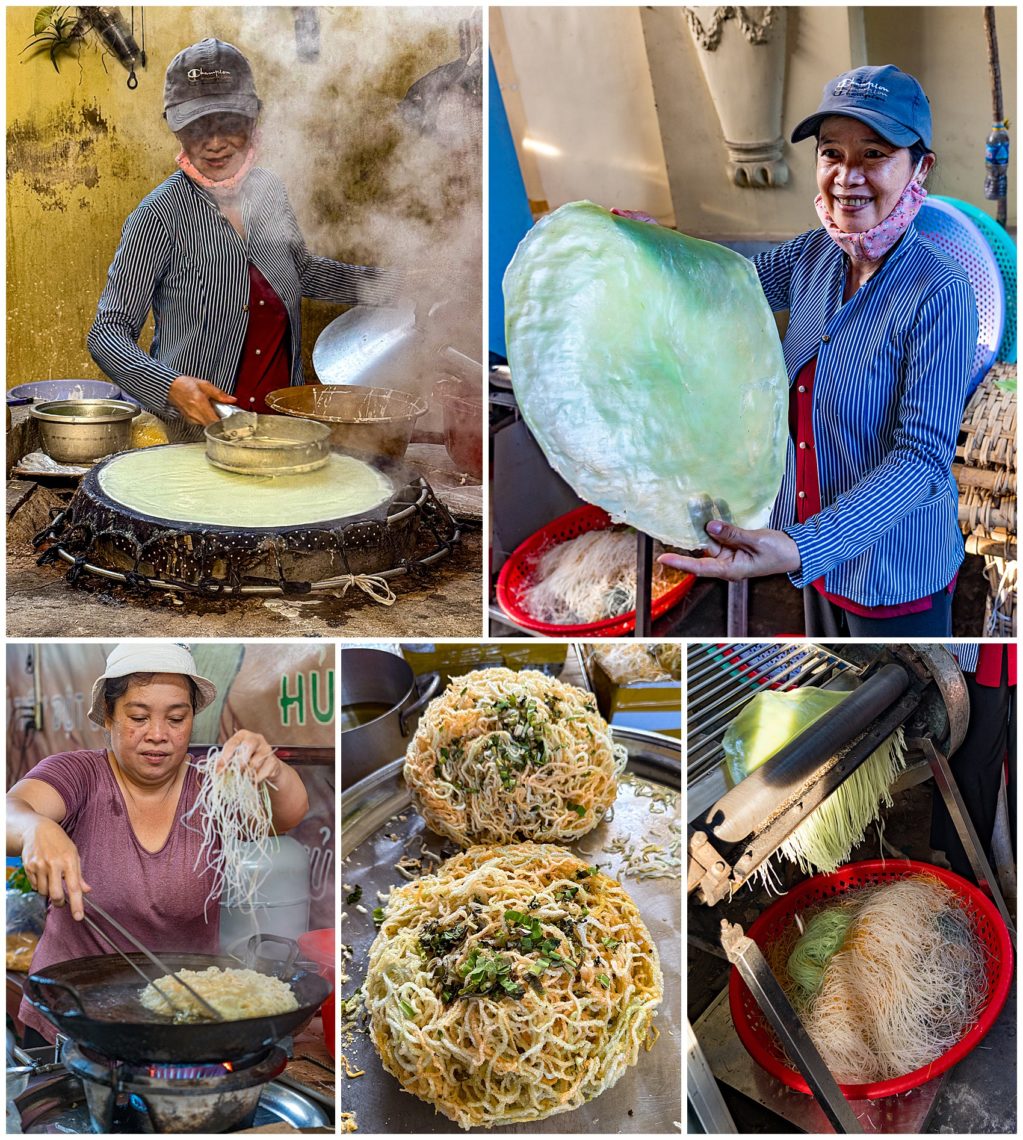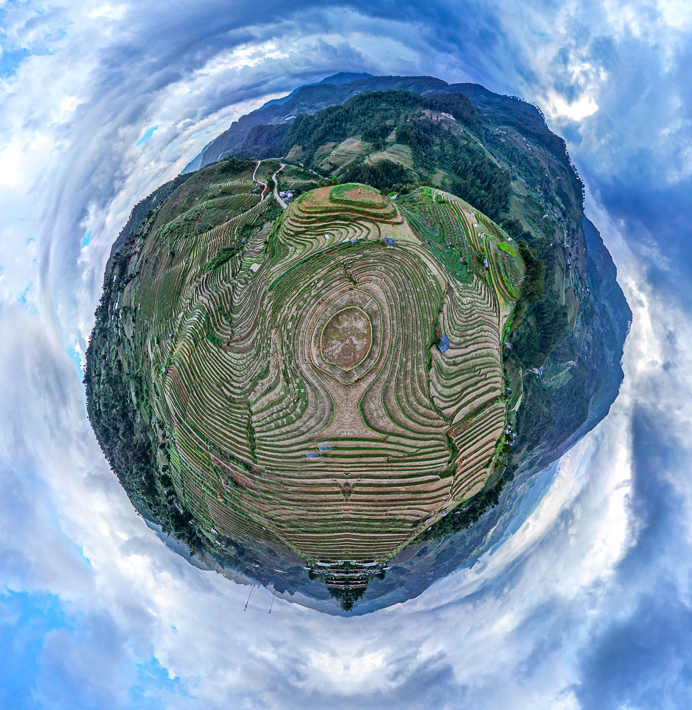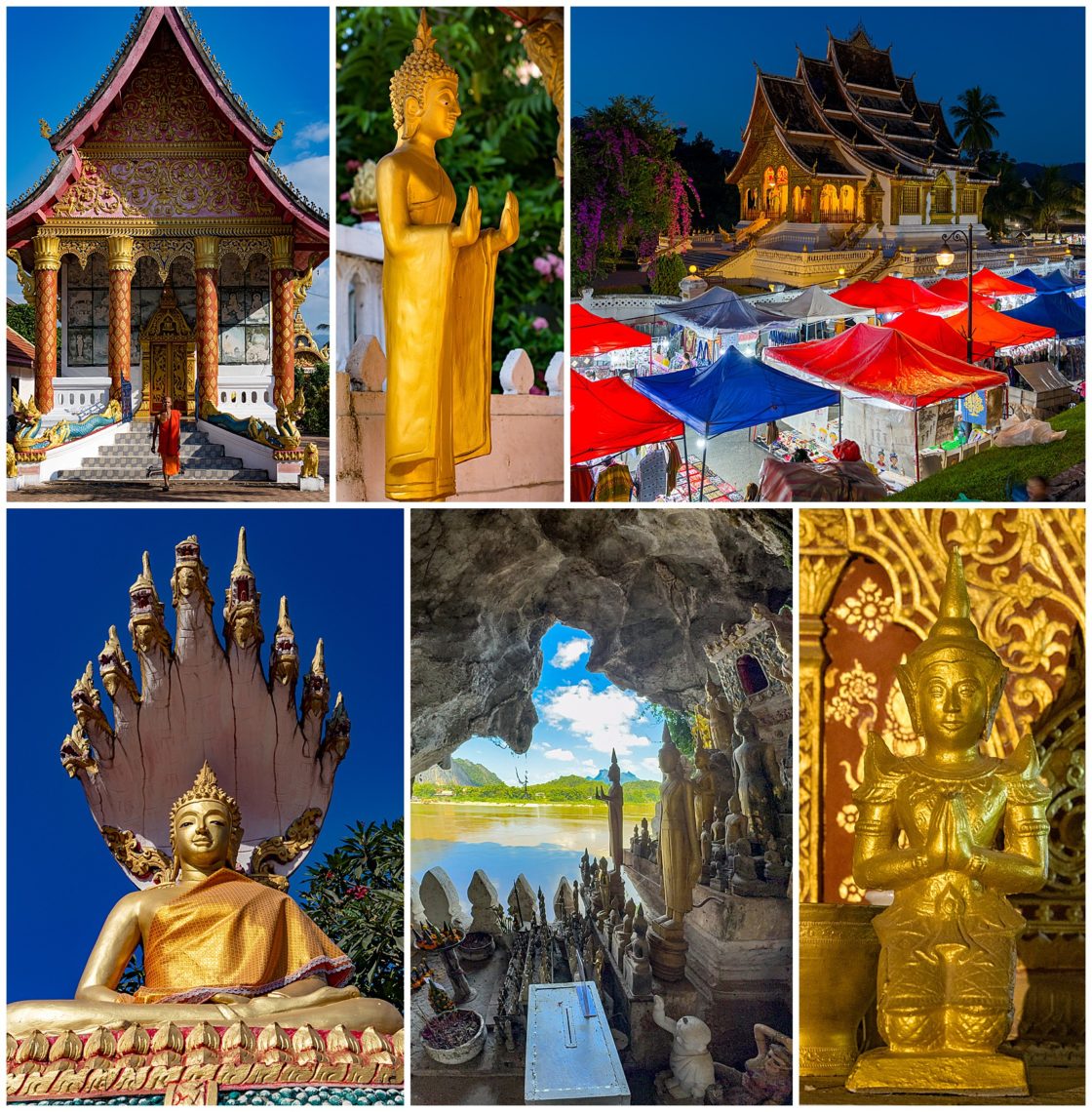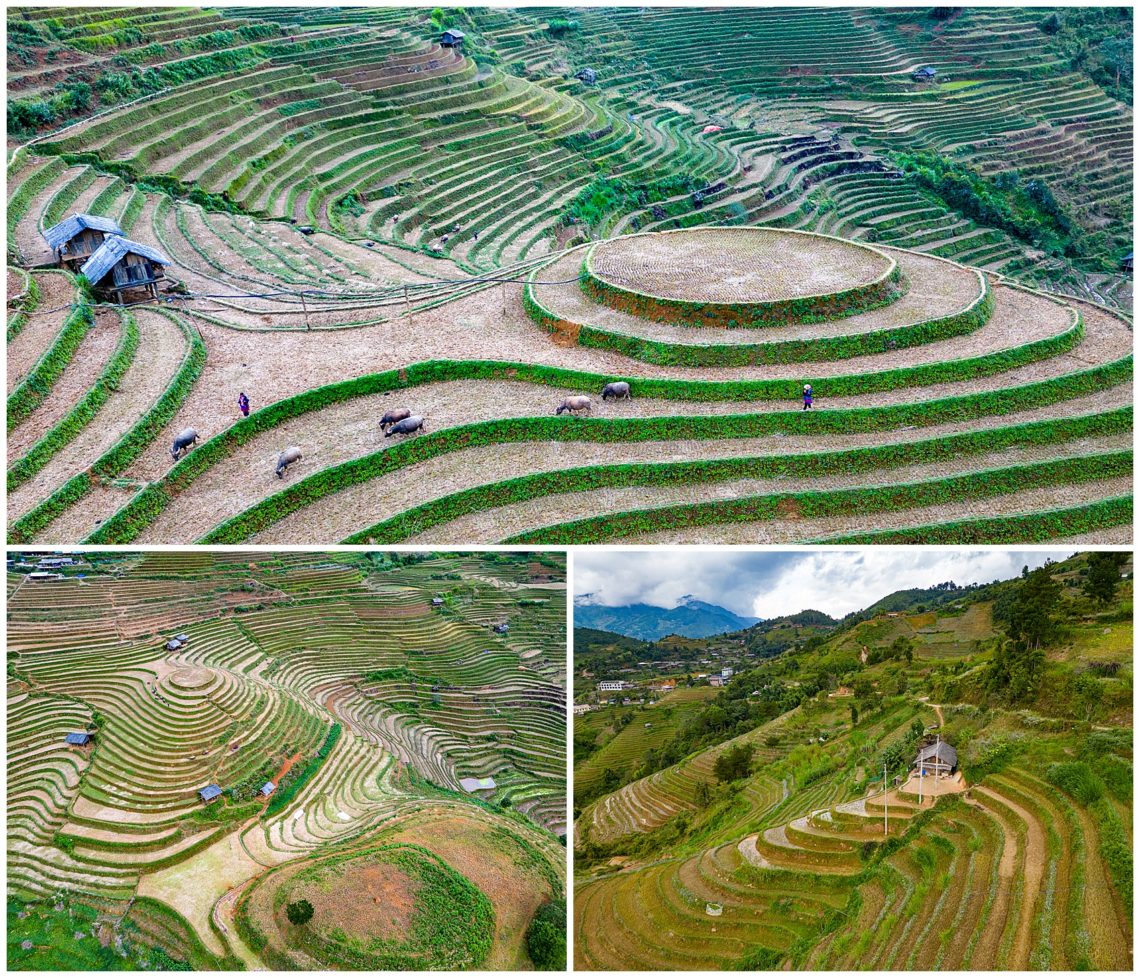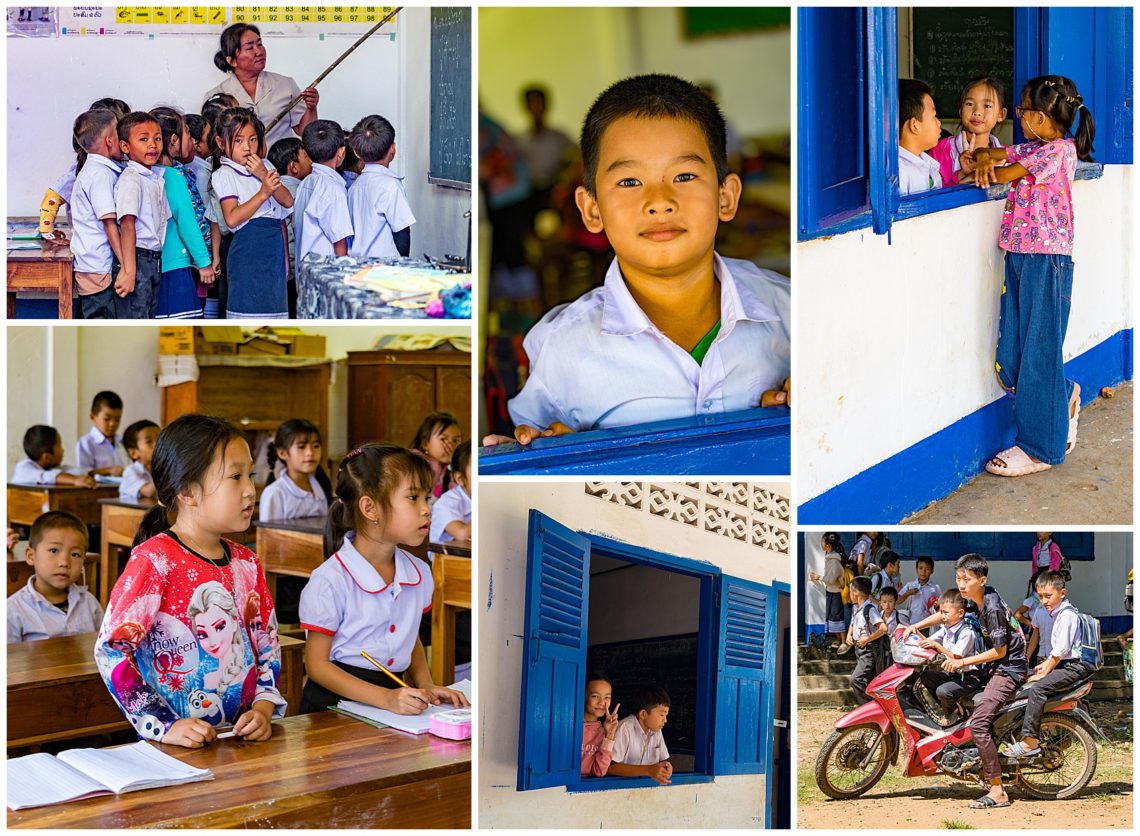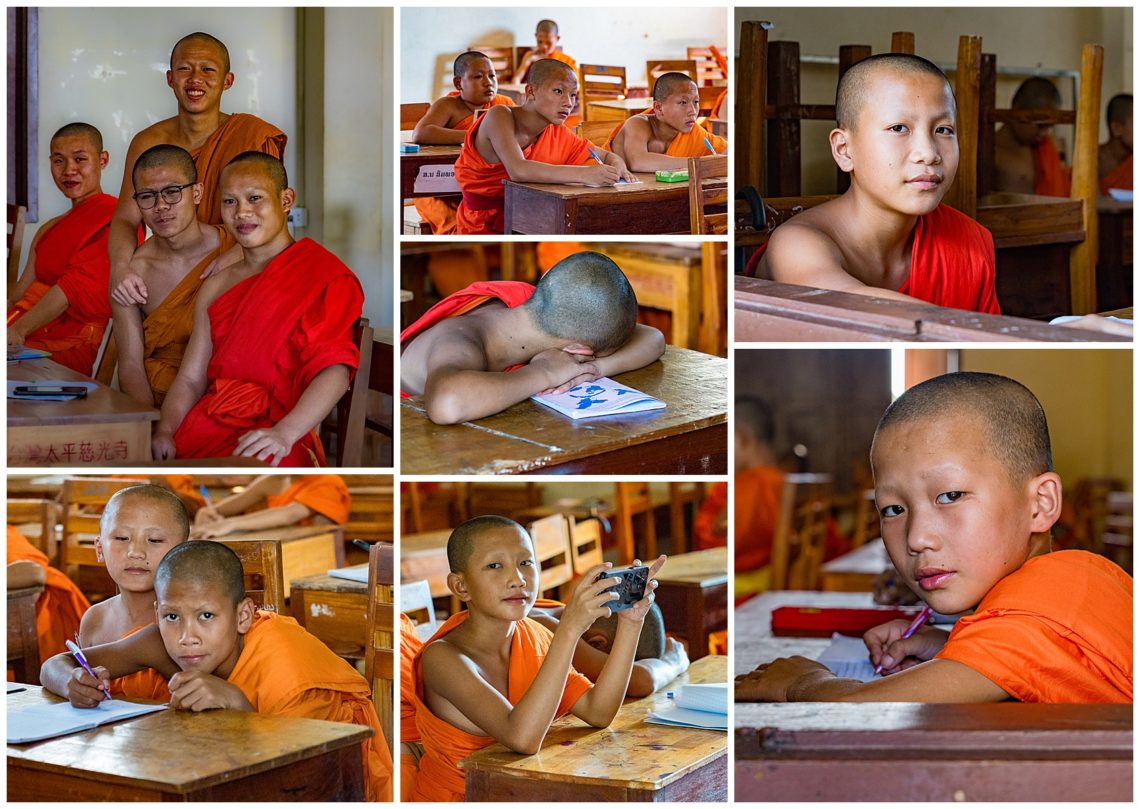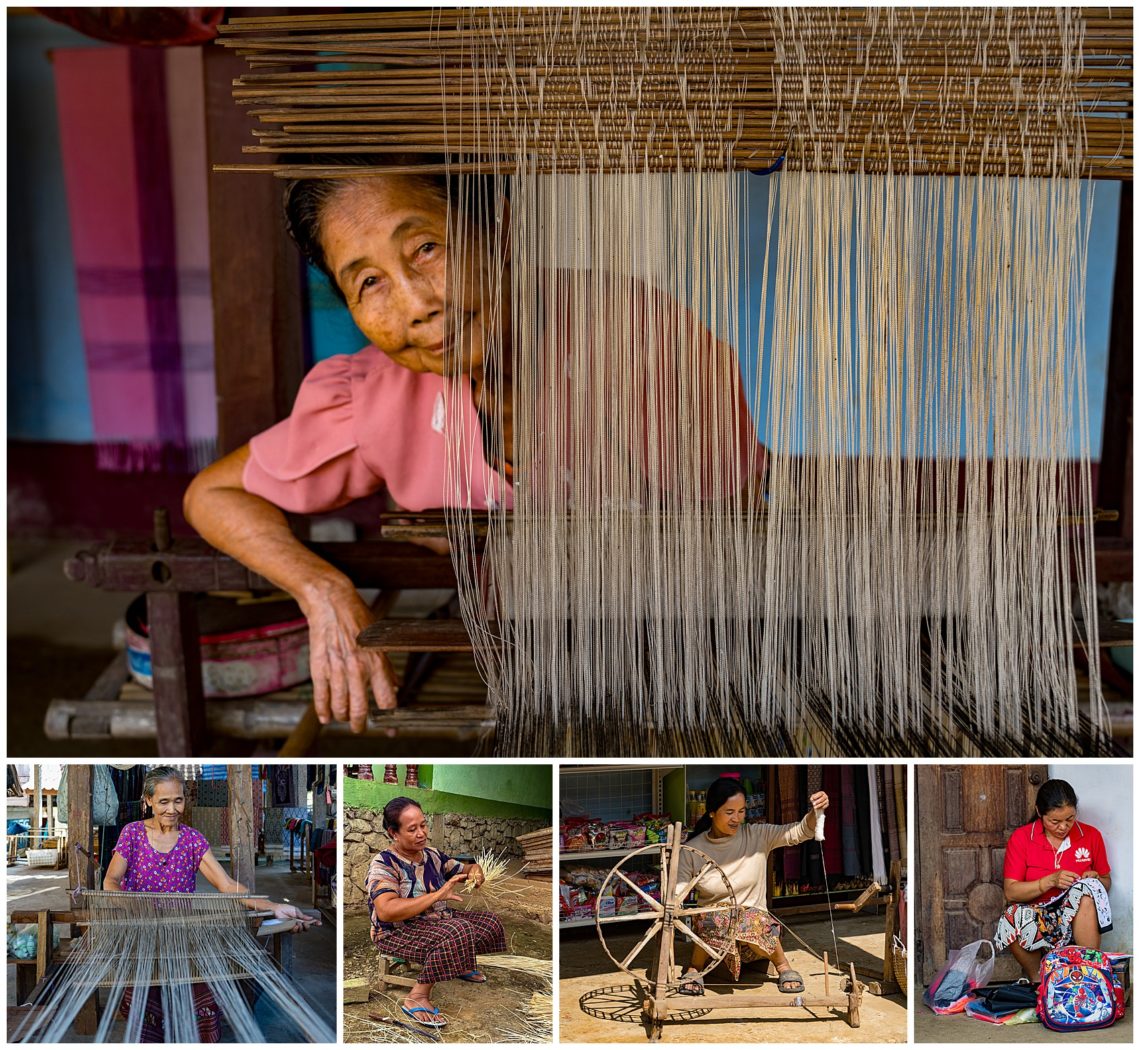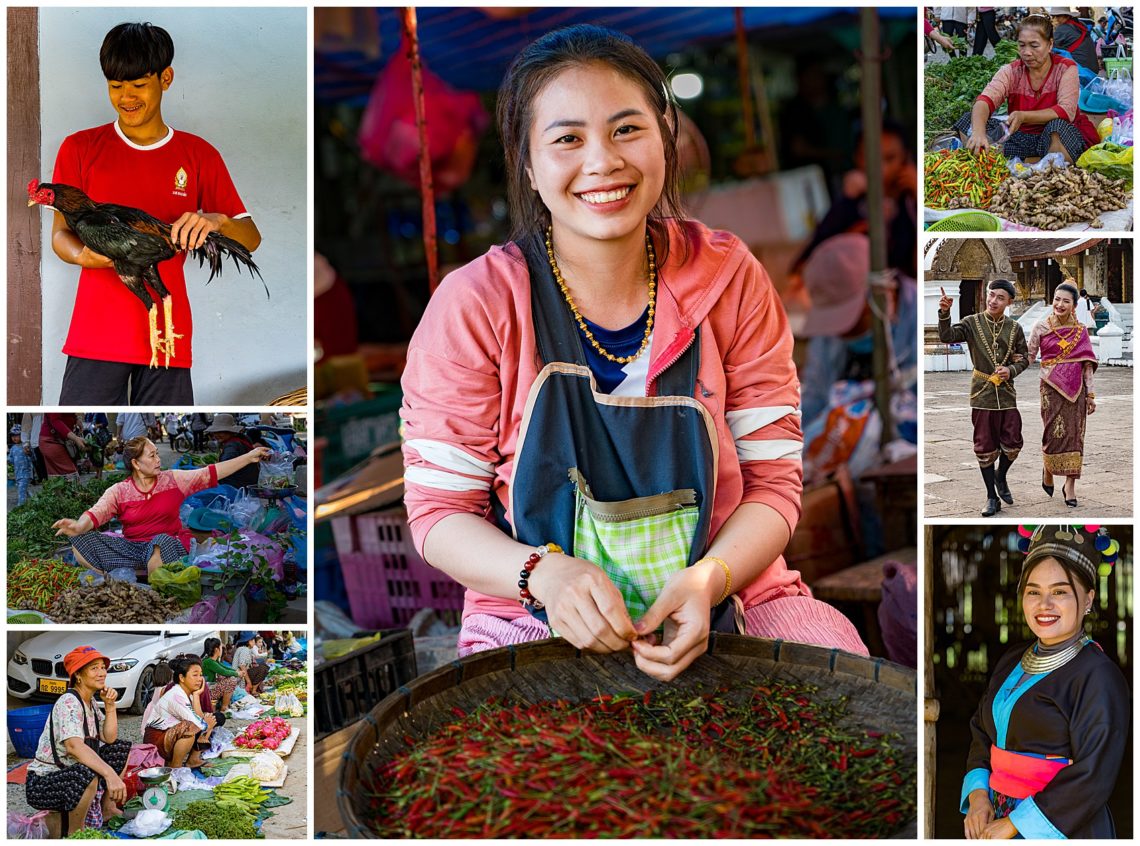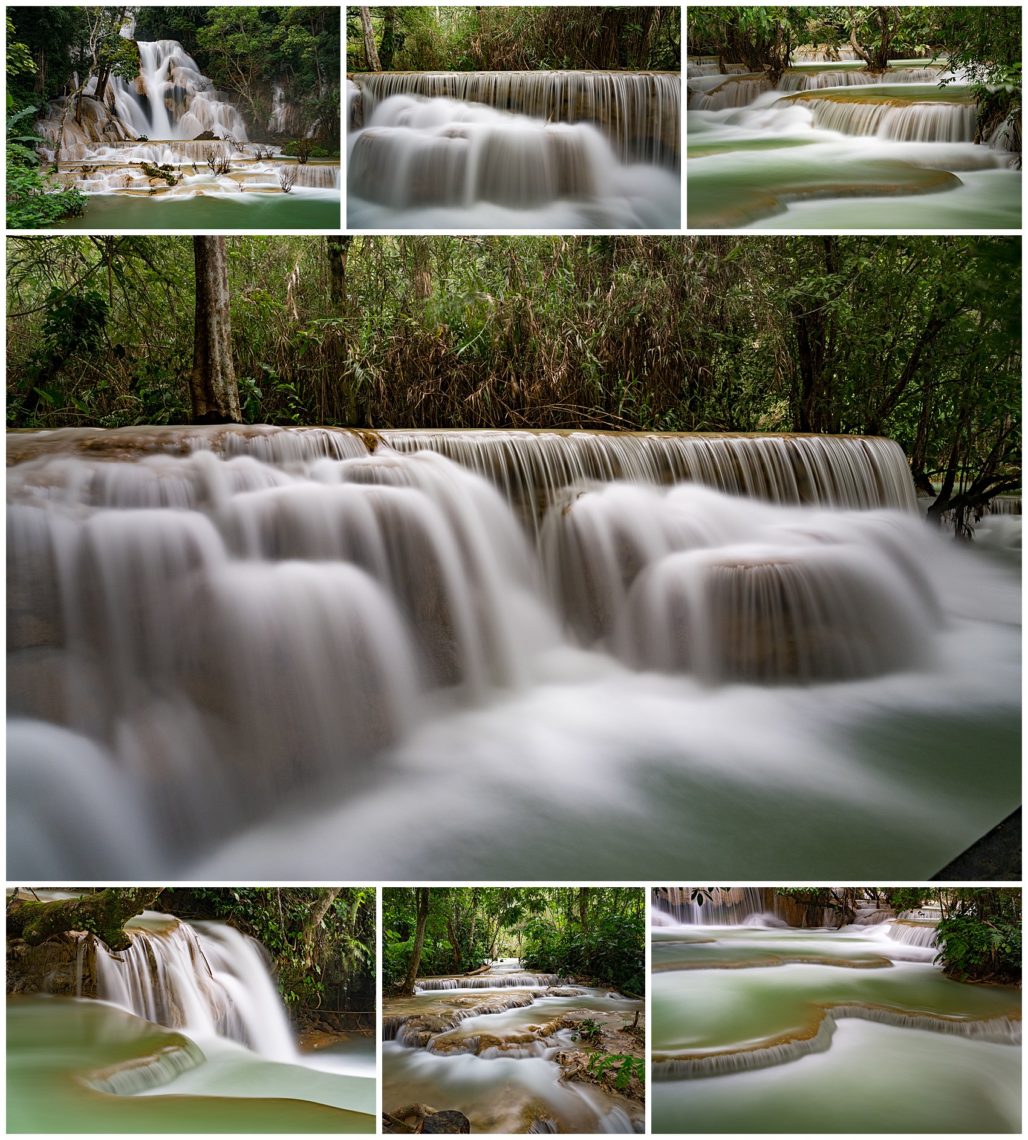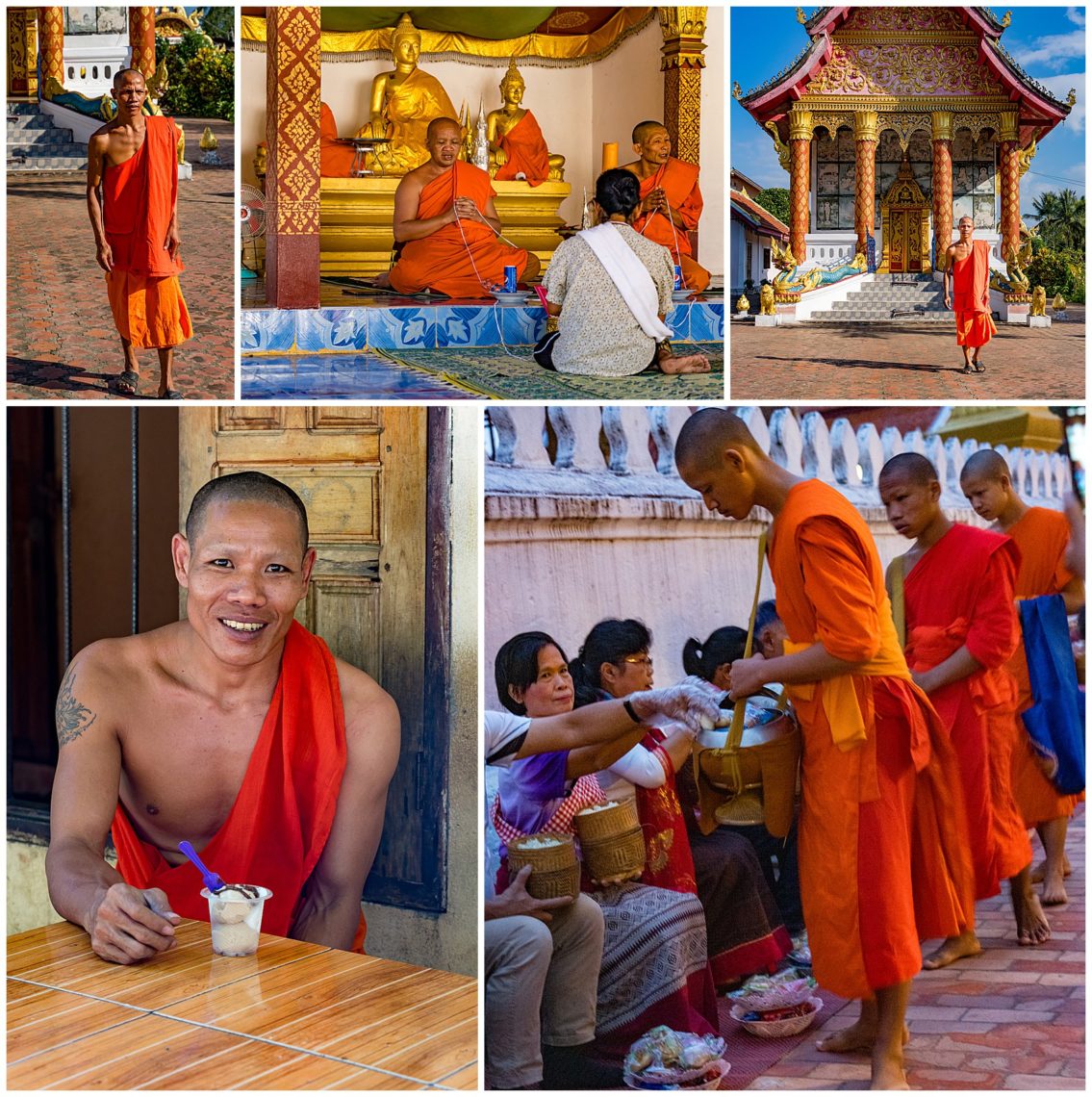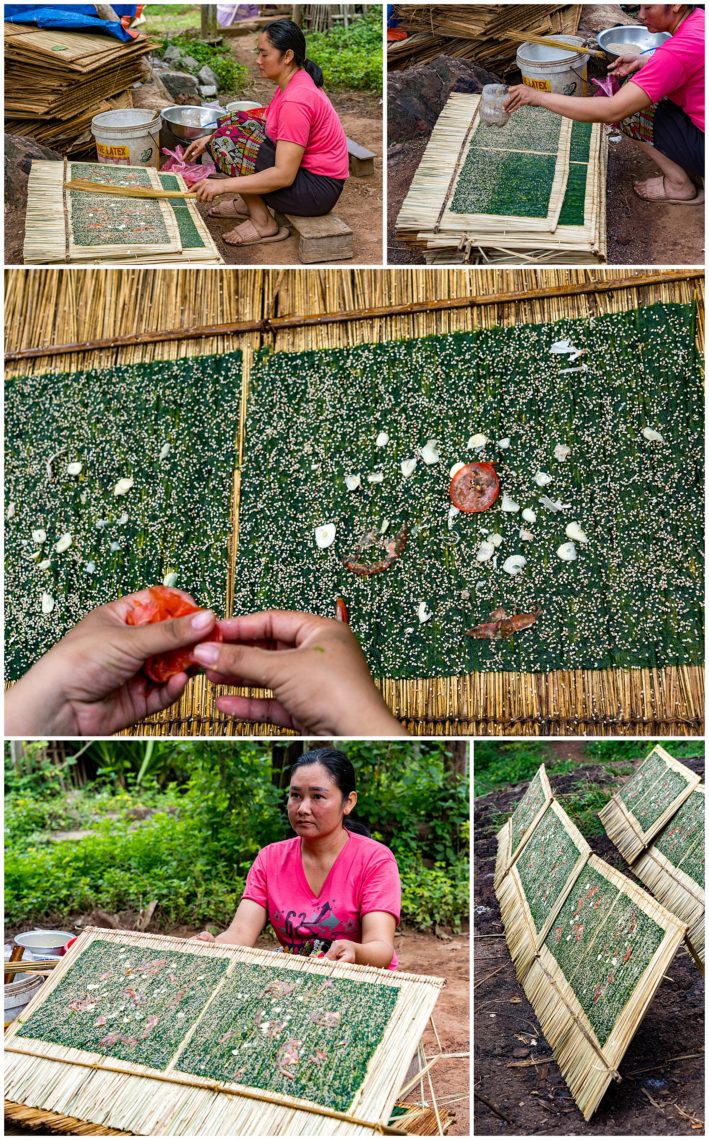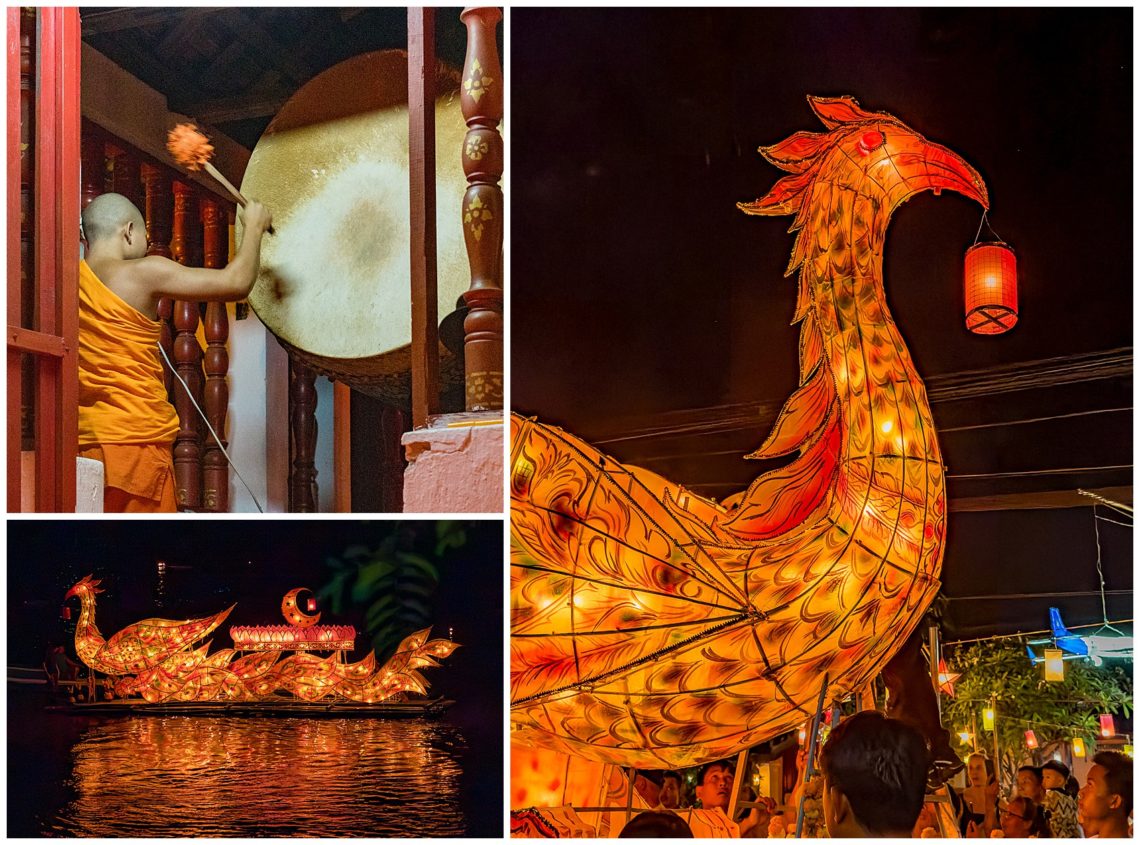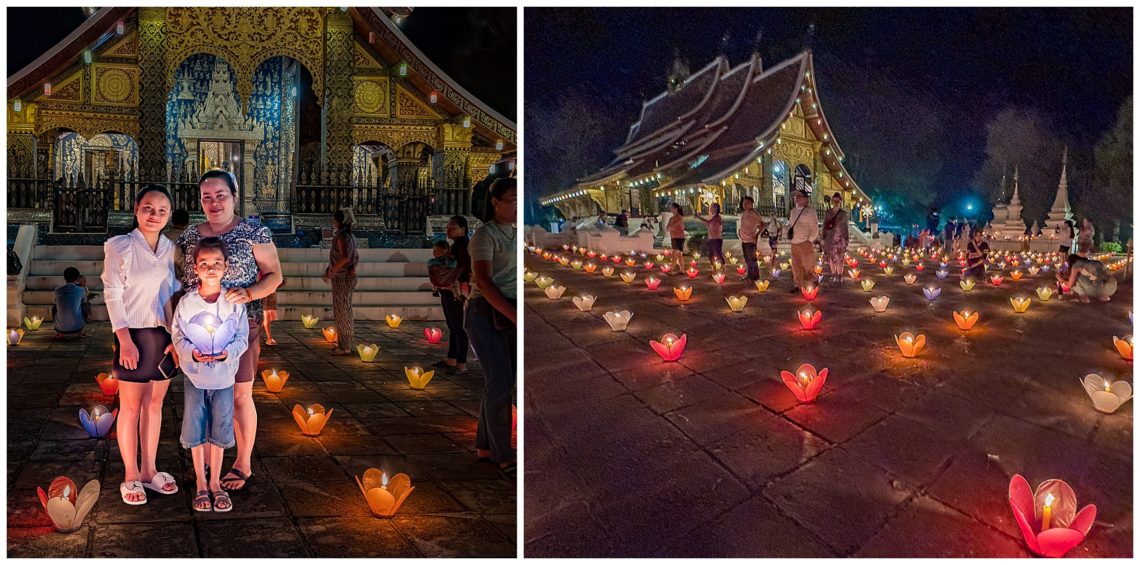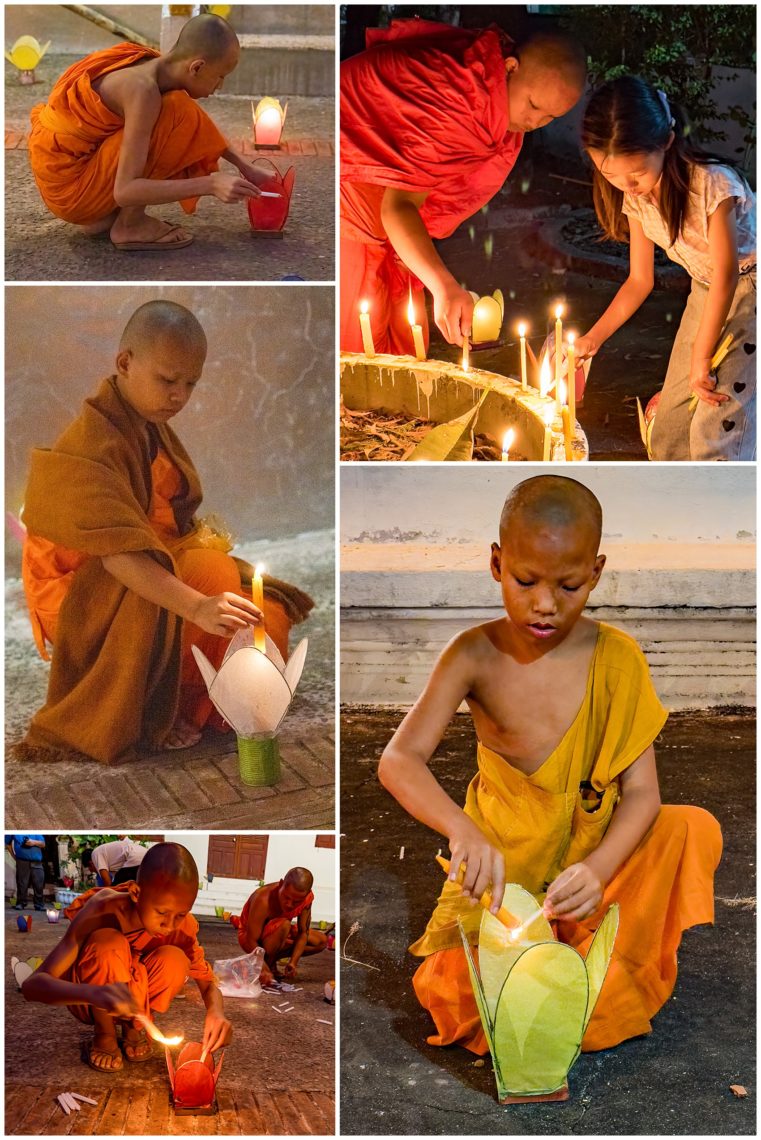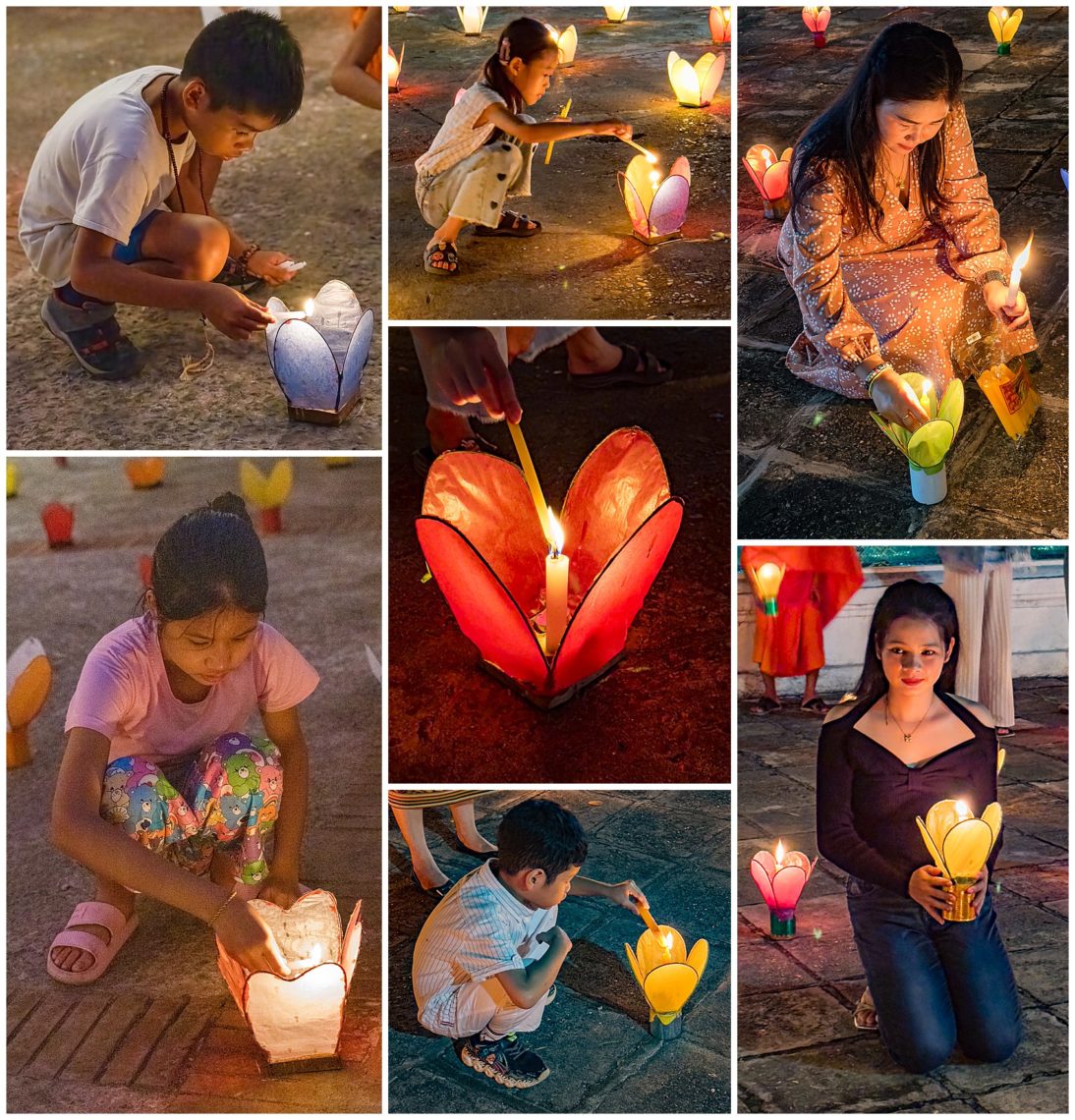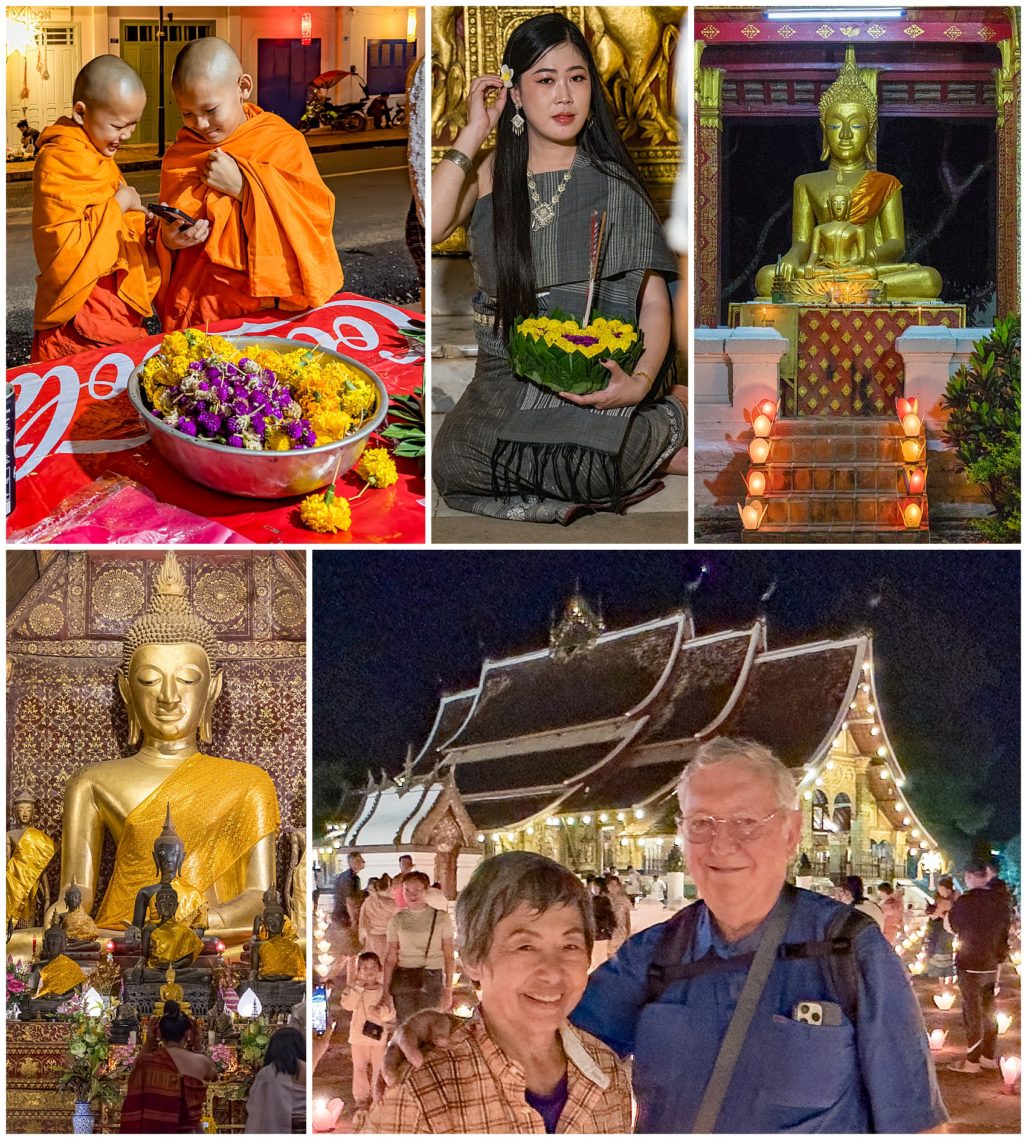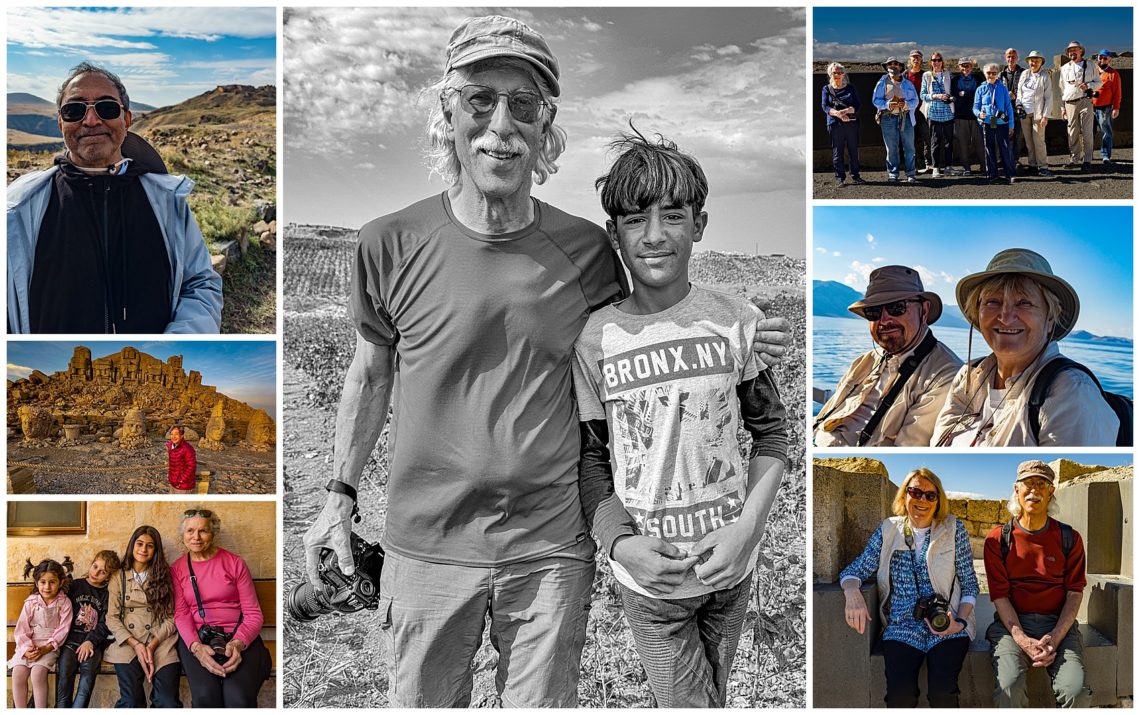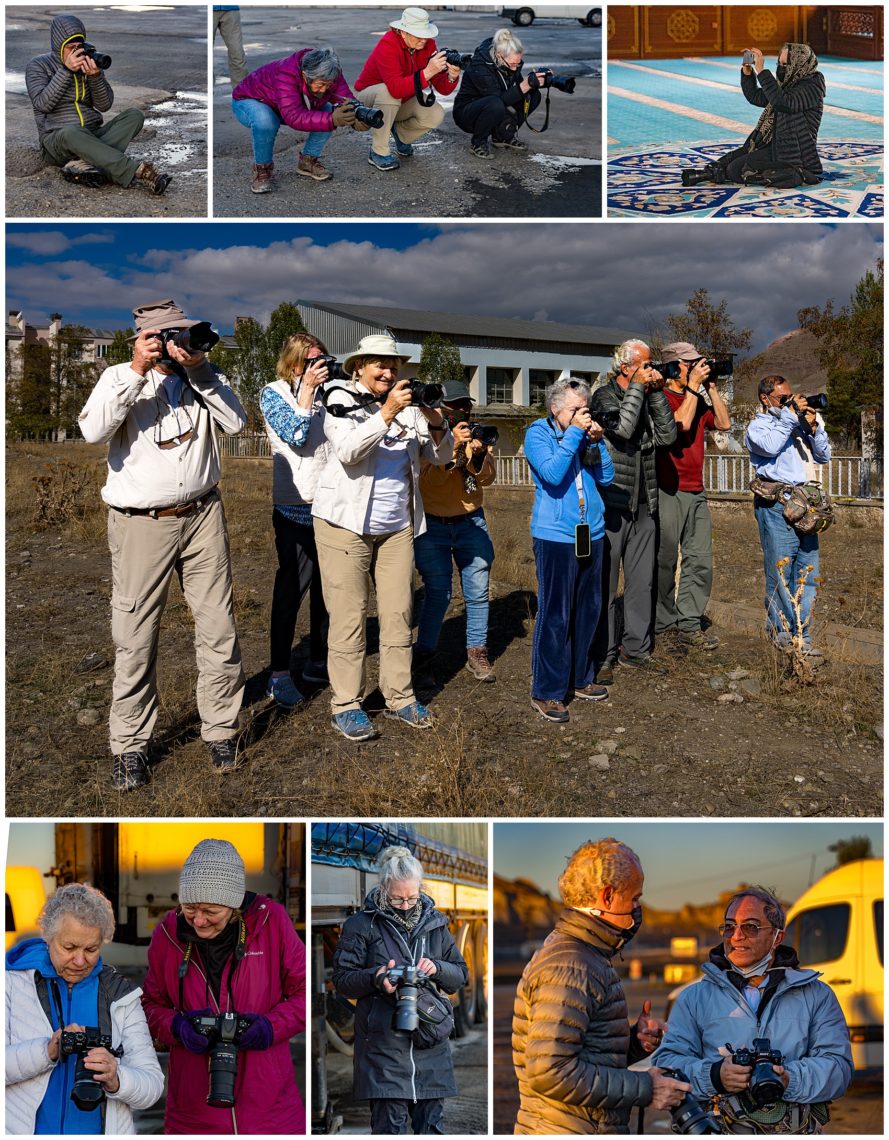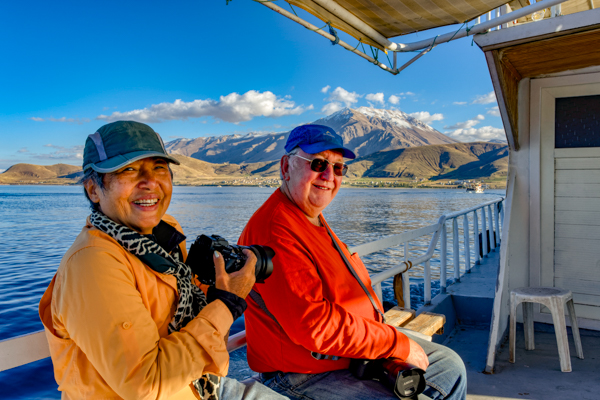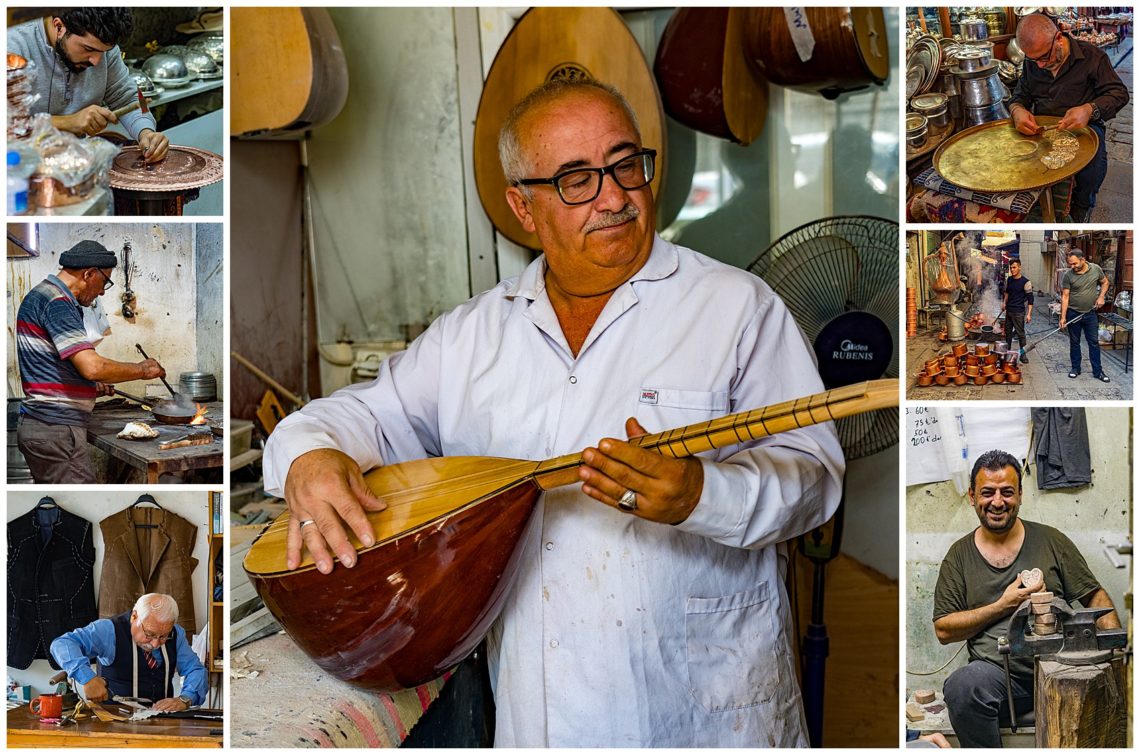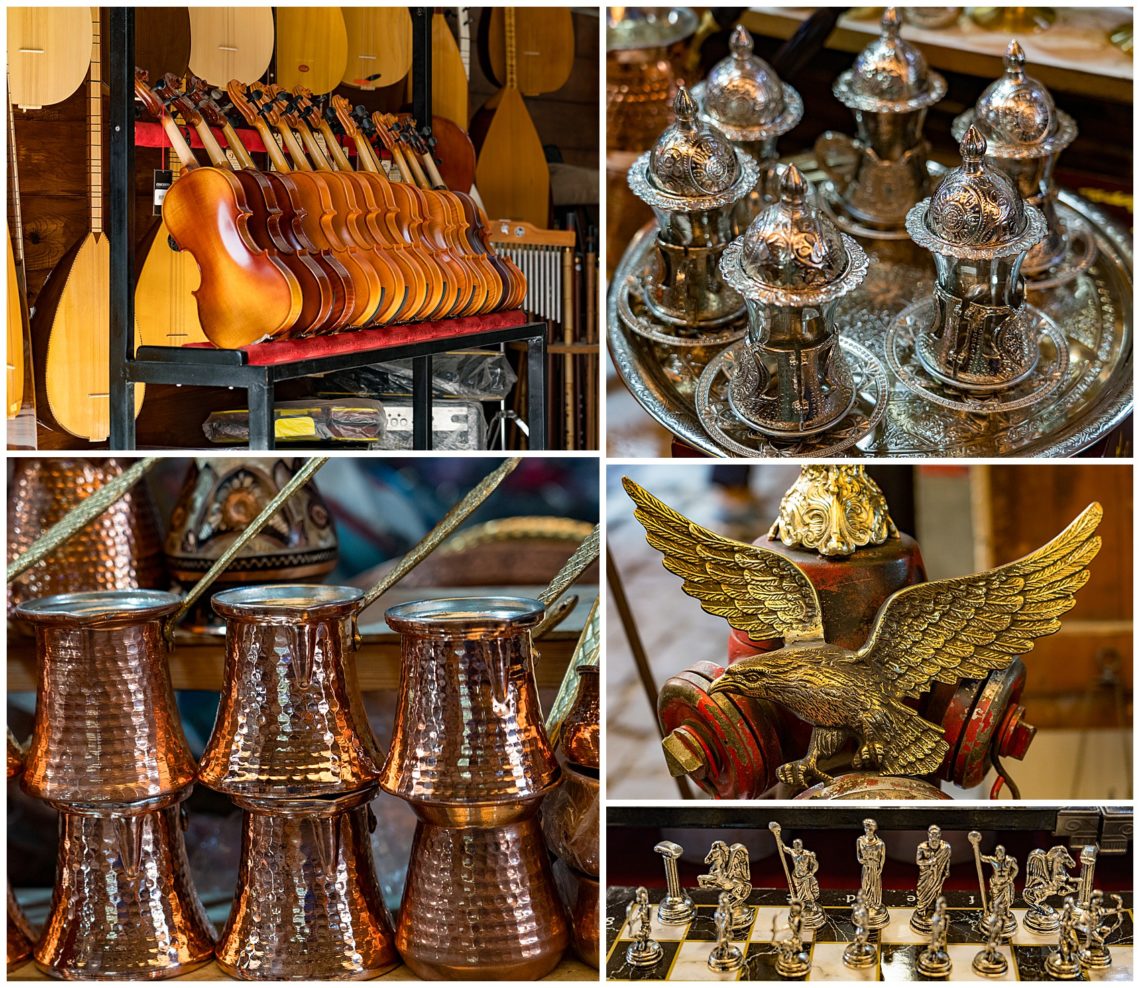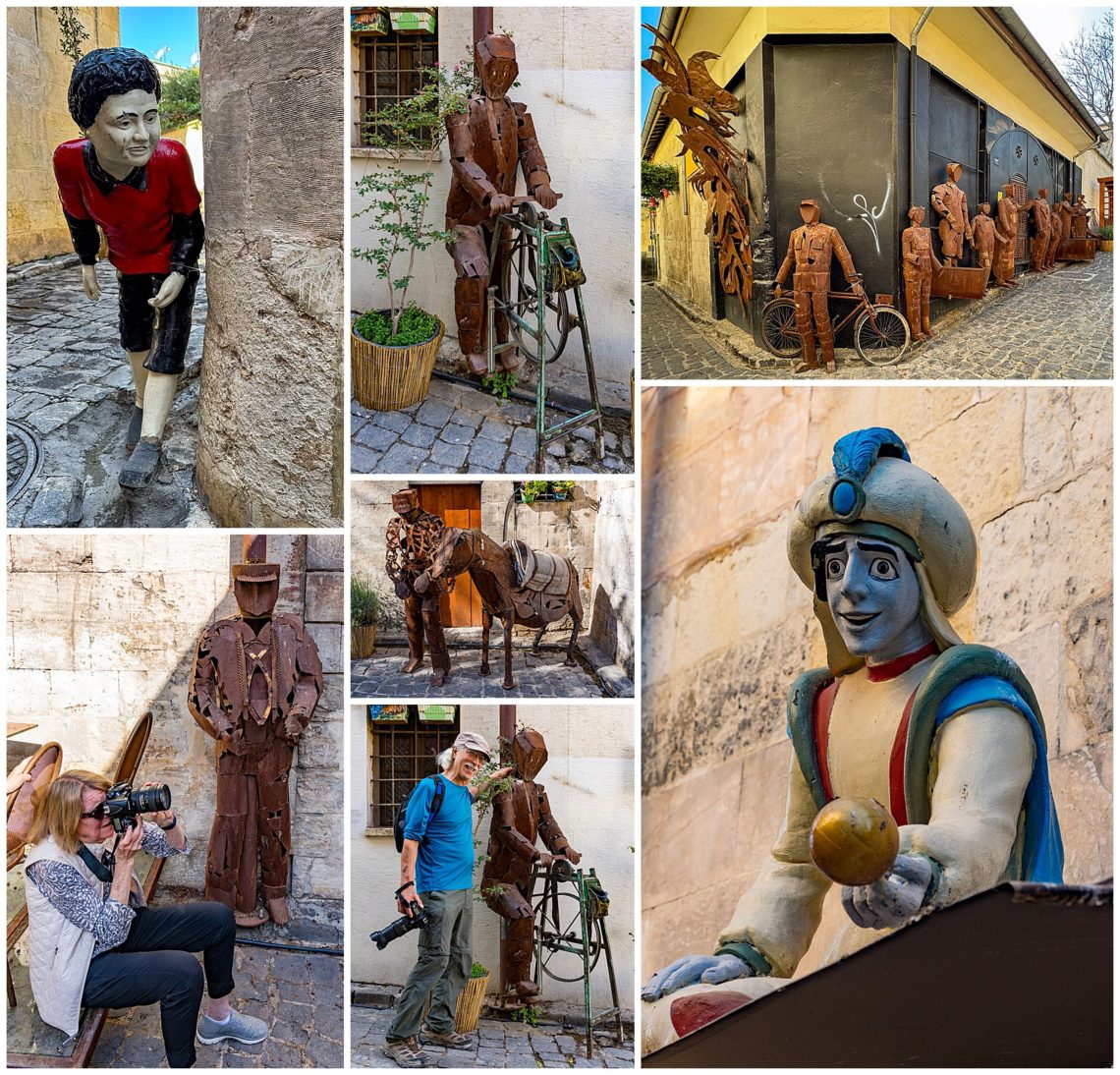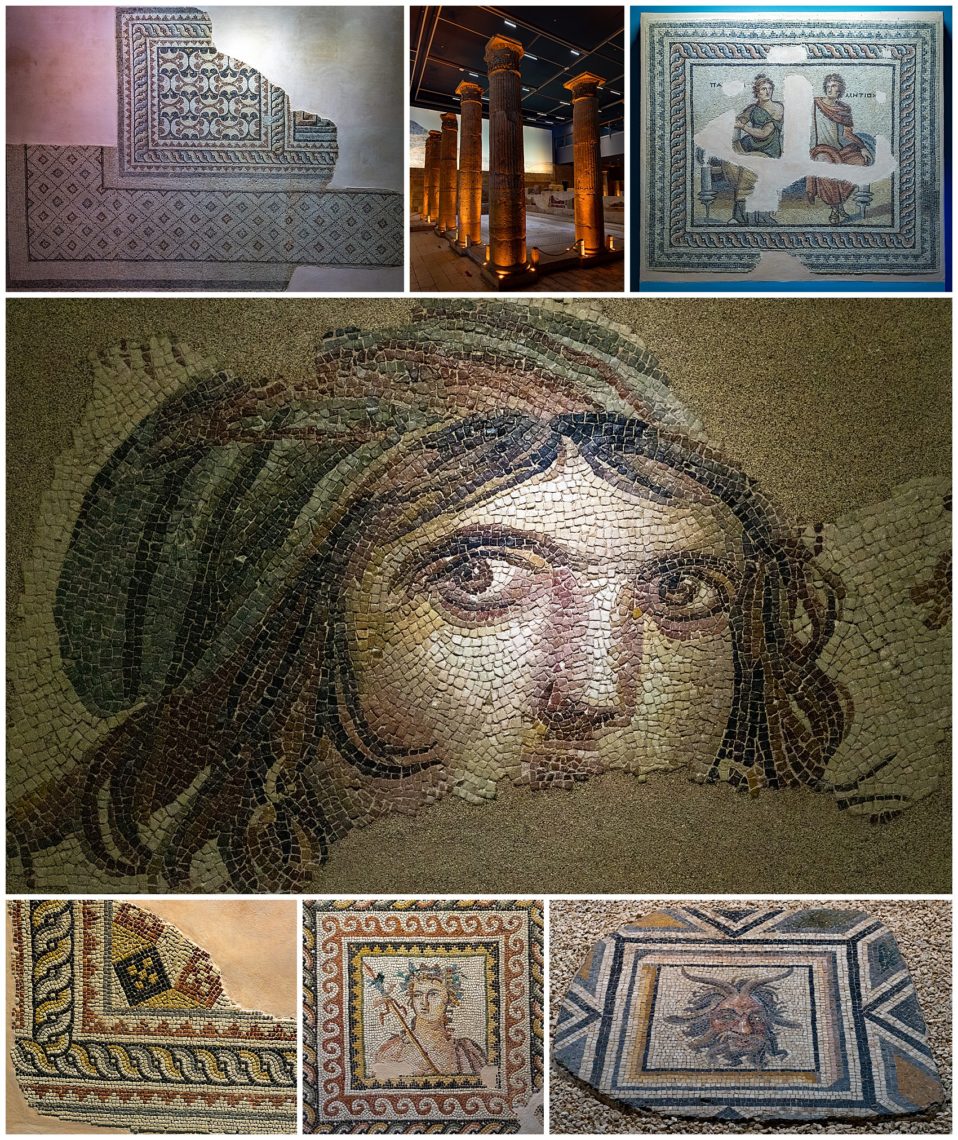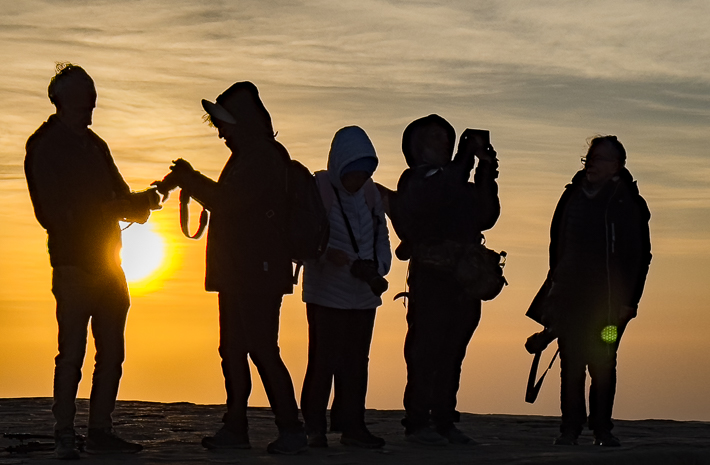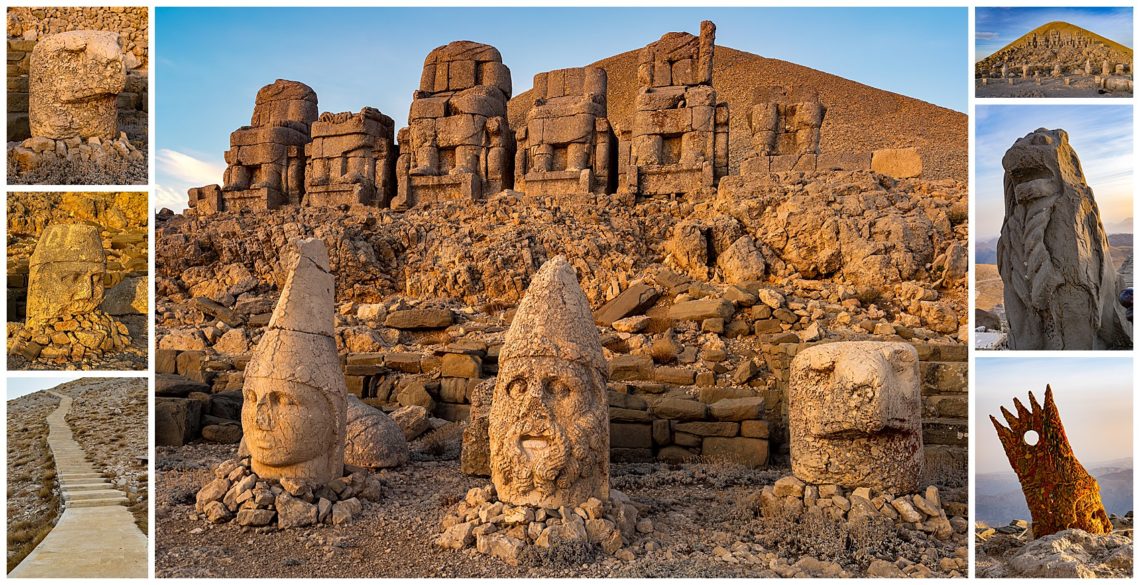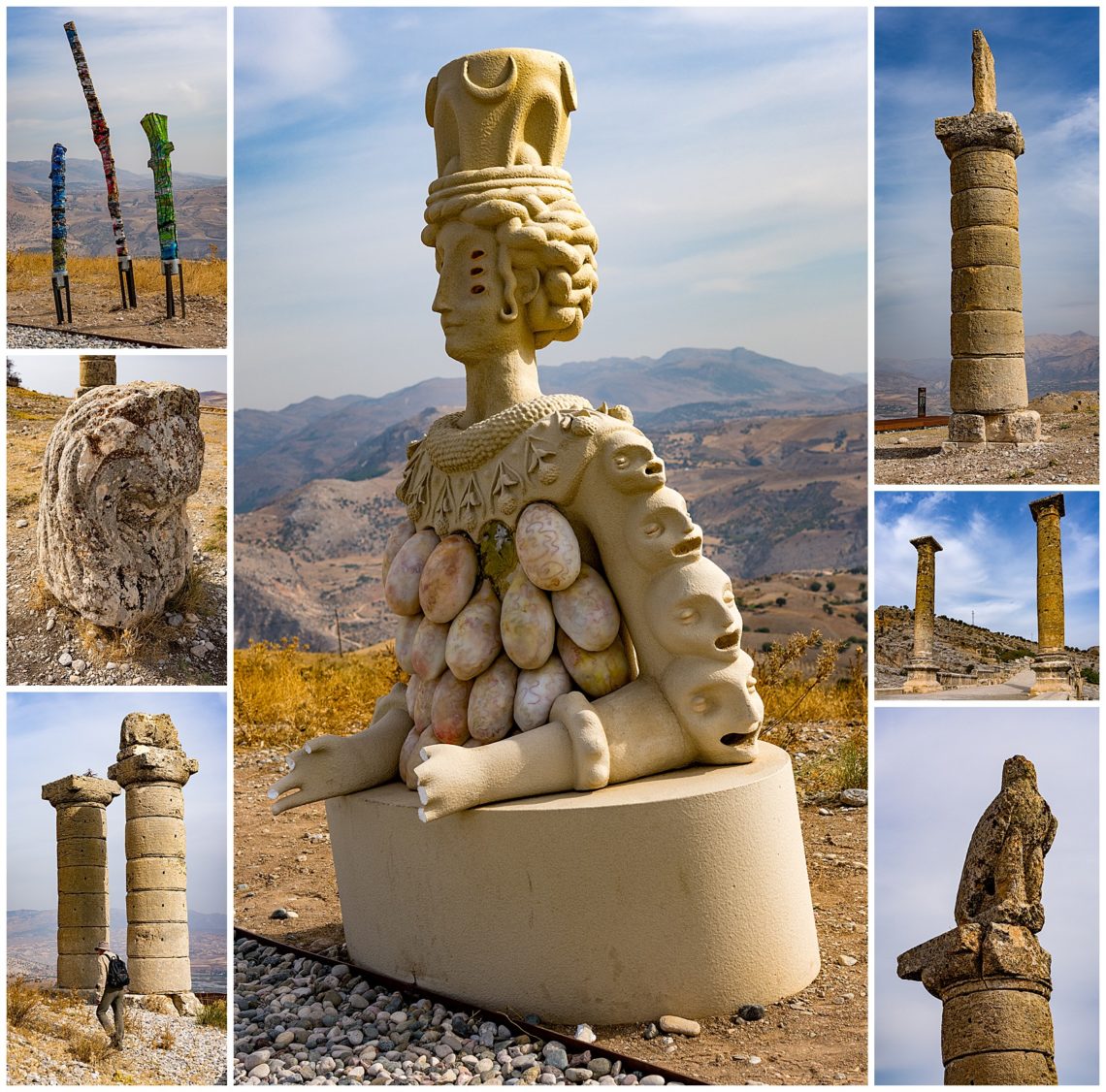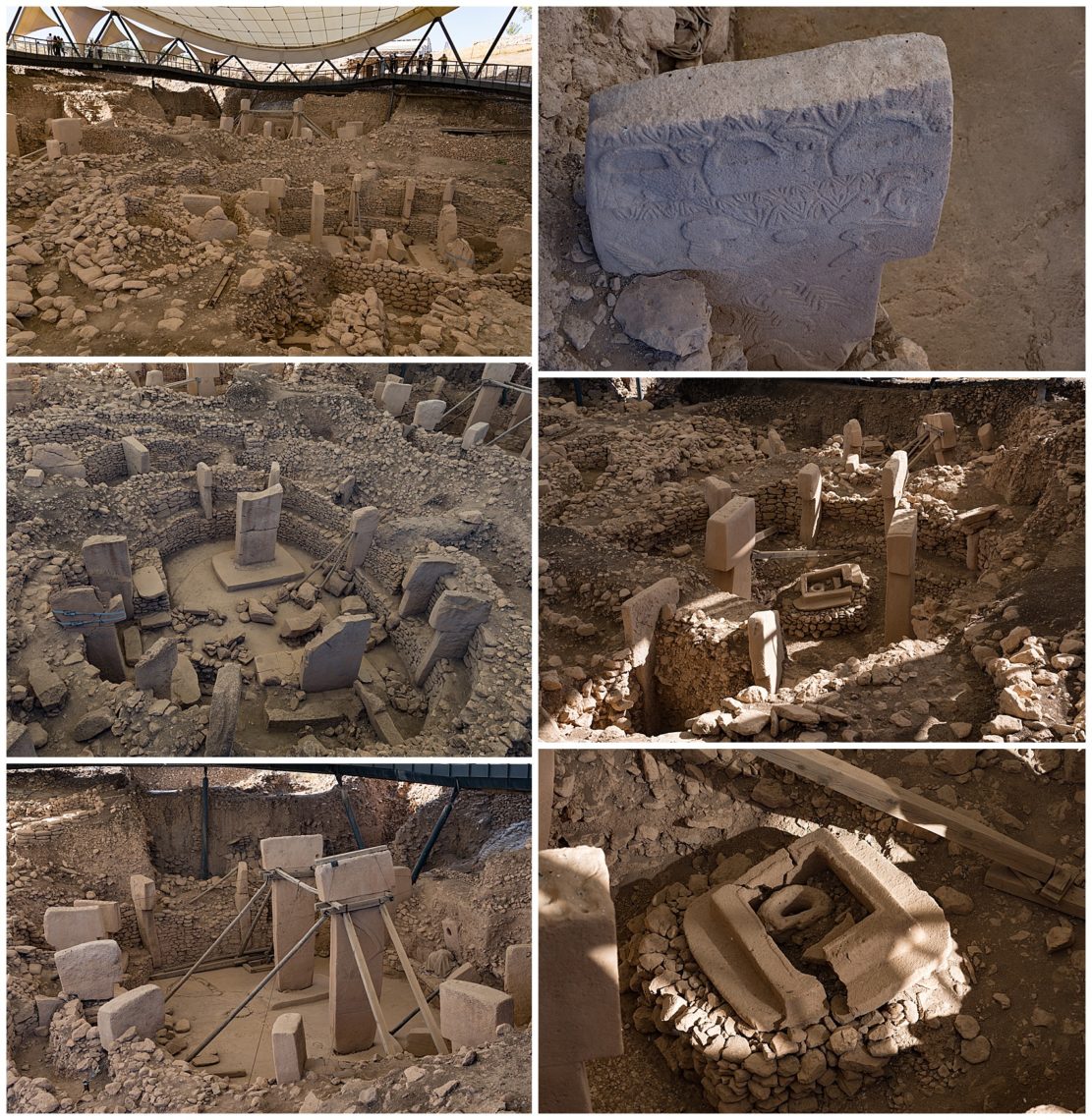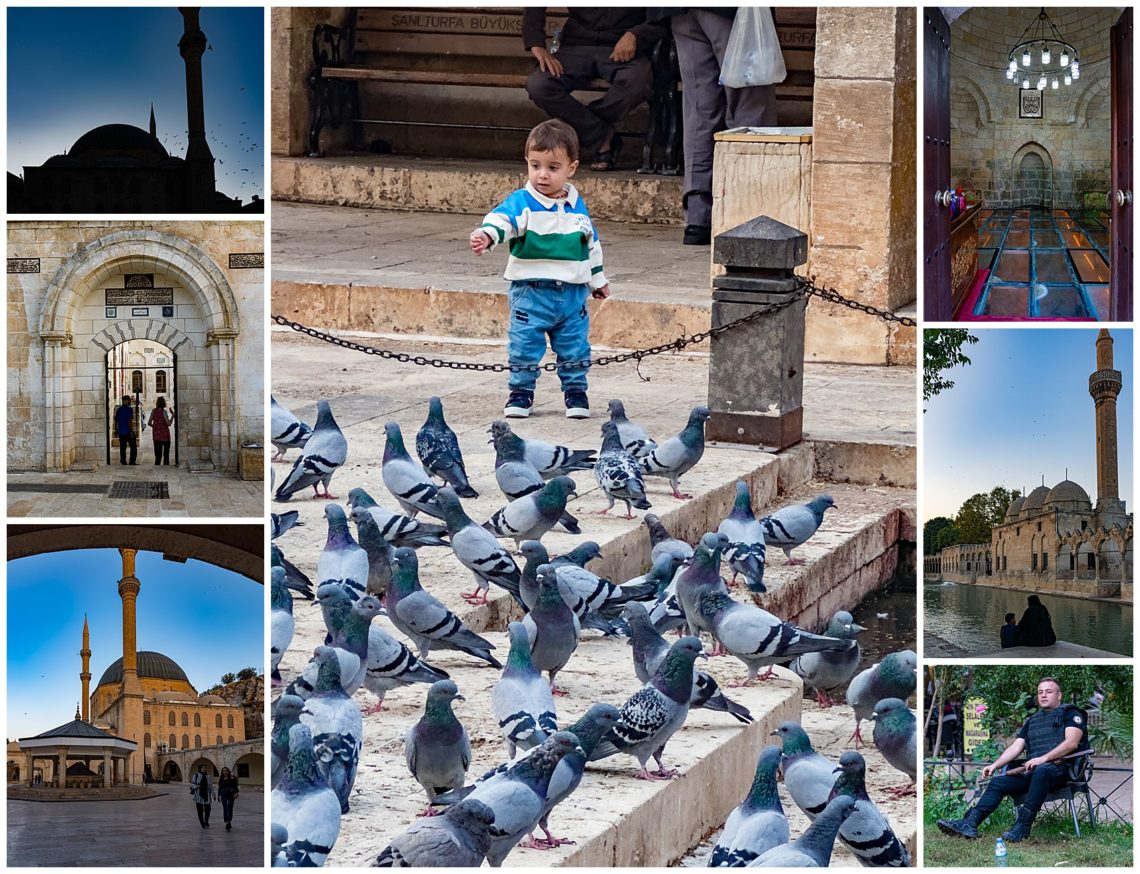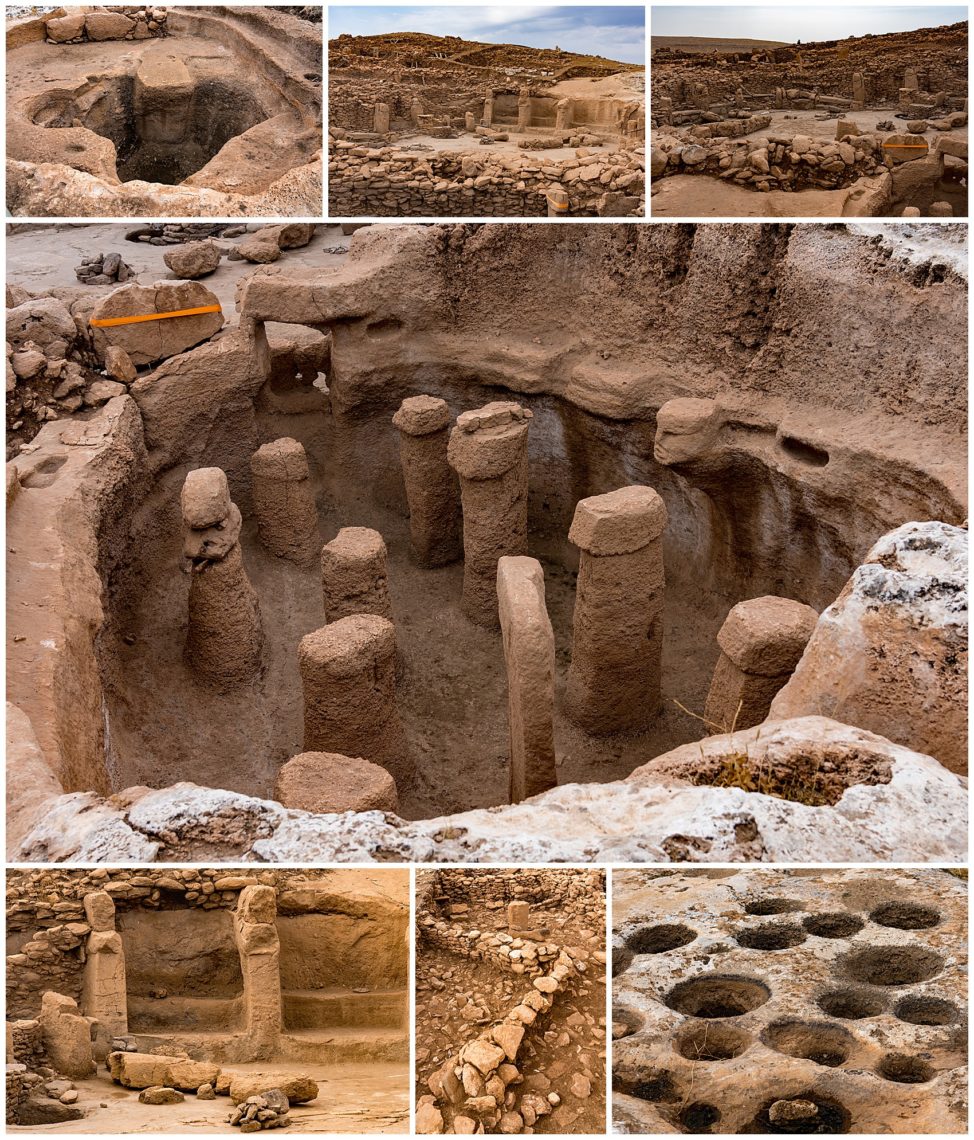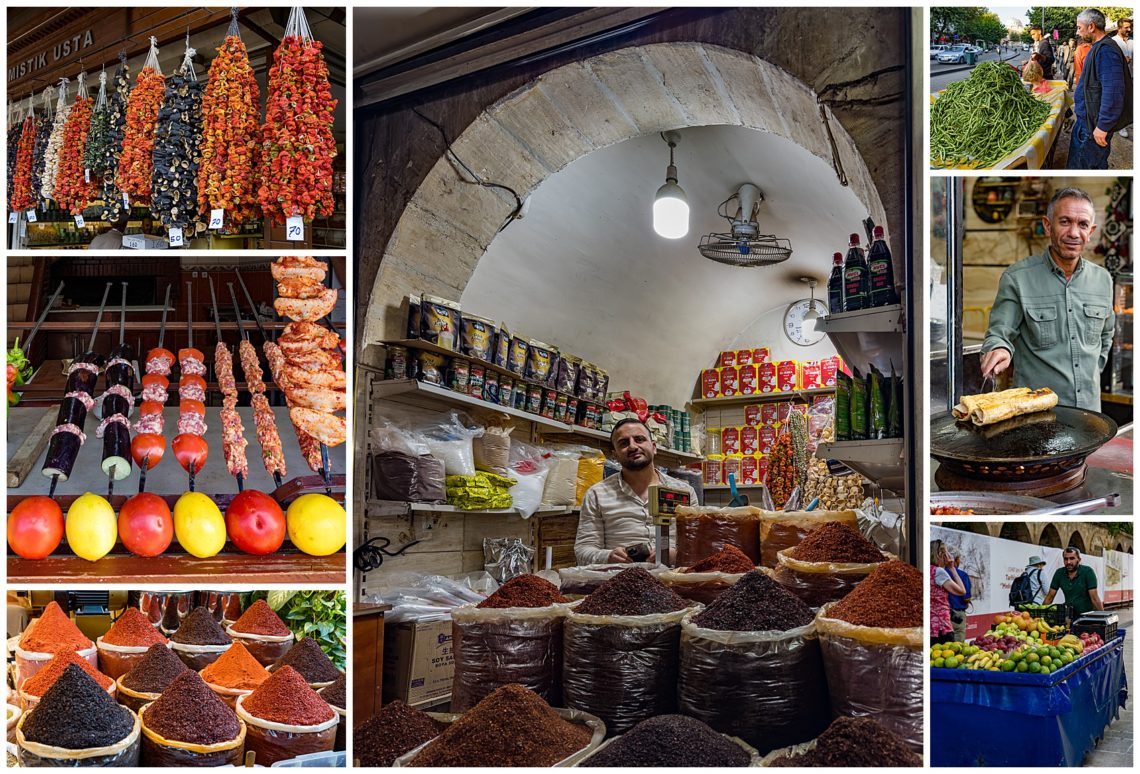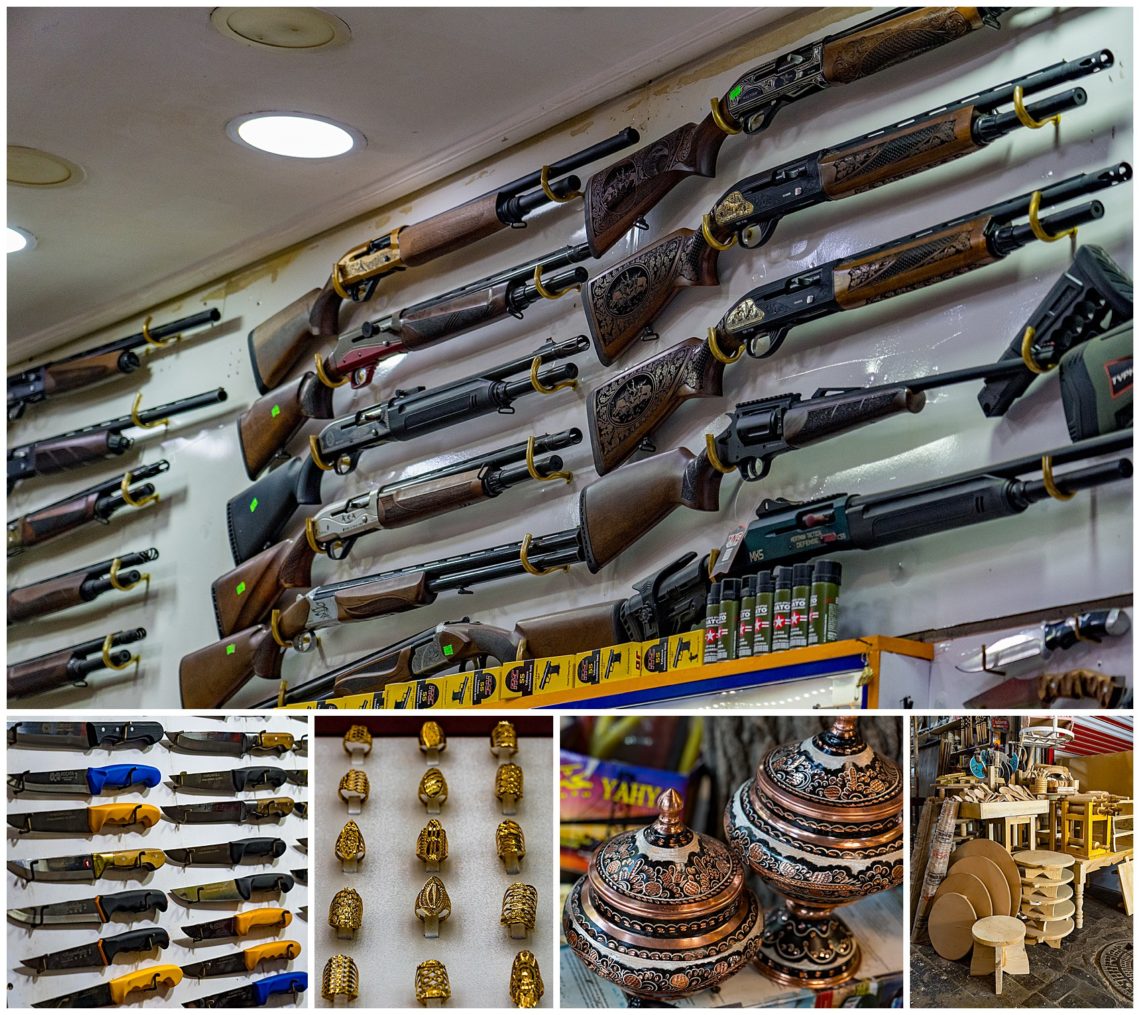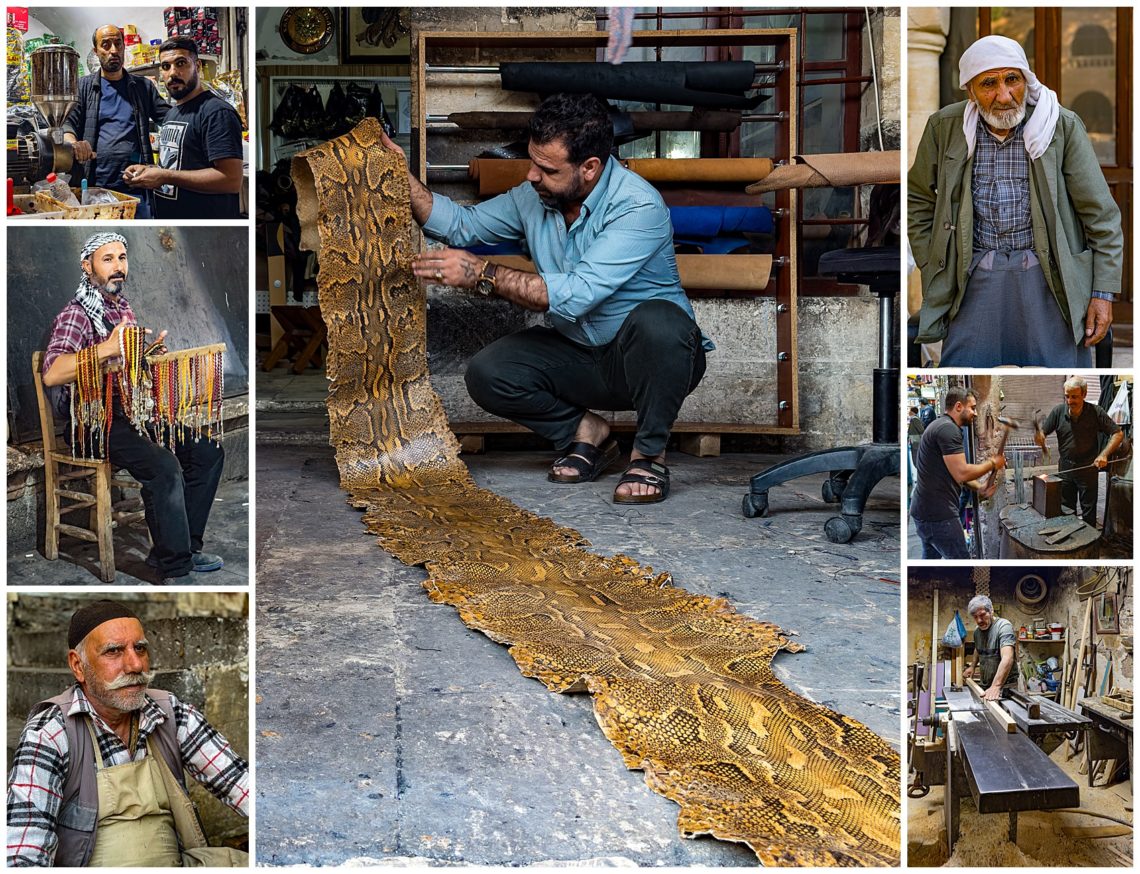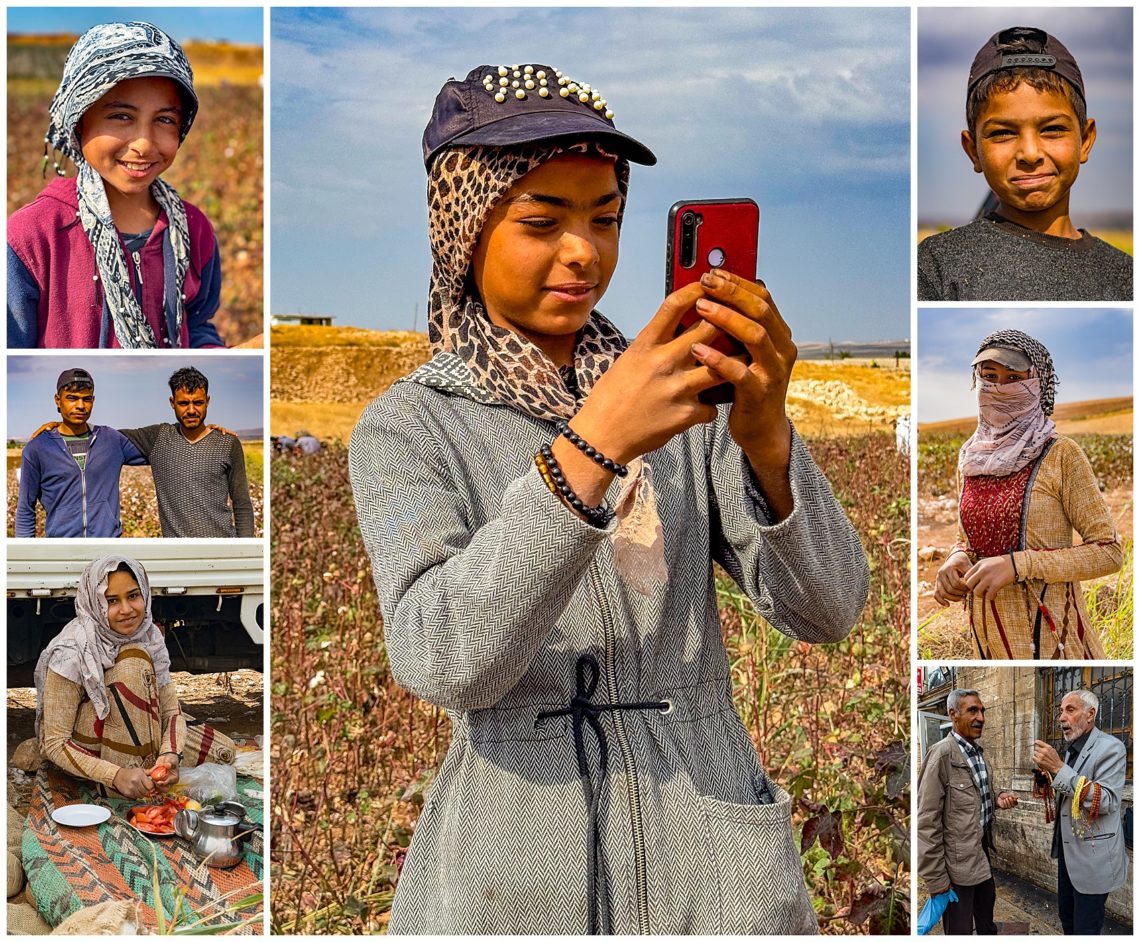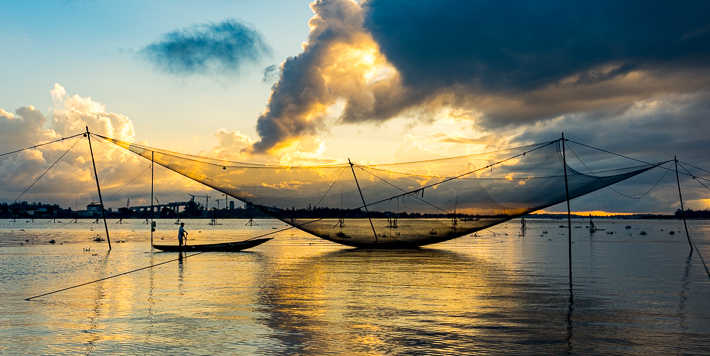
The Mekong River Delta located in southern Vietnam is the major water source for many people. The Mekong Delta in Vietnam’s is also their most important fishing area and Vietnam’s rice bowl, which is intensely developed for agricultural production. Above is a fisherman in Hue at sunrise.
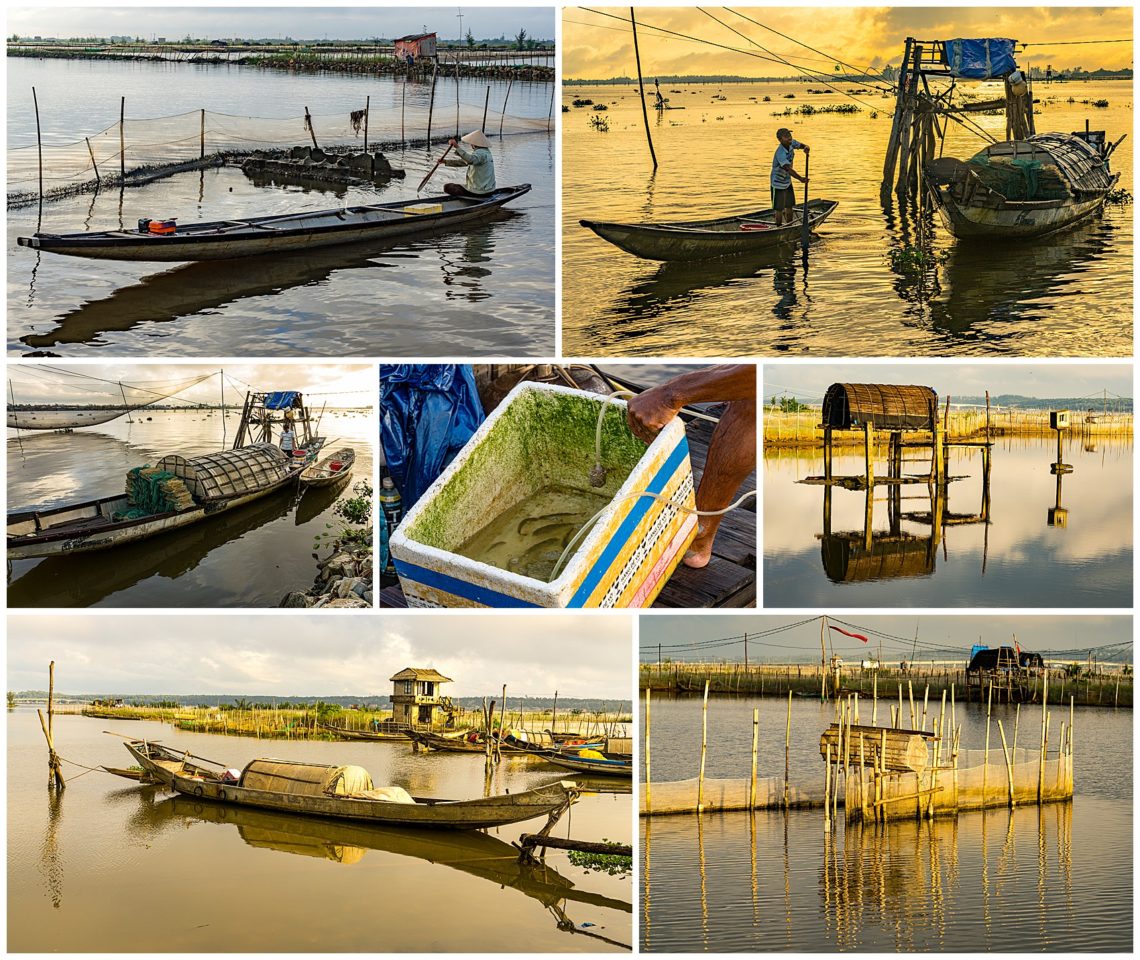
Some 20%, or 21.5 million people live in the Mekong Delta in an area that occupies 40.6 square kilometers. It is the home to various floating markets, swamps, manufacturing, temples, fishing ponds, fruit orchards, and colorful villages. The Mekong River is the main means of transportation in this area. When we first visited Vietnam some 12 years ago, we saw how the water level impacted people’s lives. During the wet season, the family sometimes had to move all their furniture to the second floor, as the river rose above the ground level of their home. The weather was more normal this time, so we were able to view the people in a more natural environment.
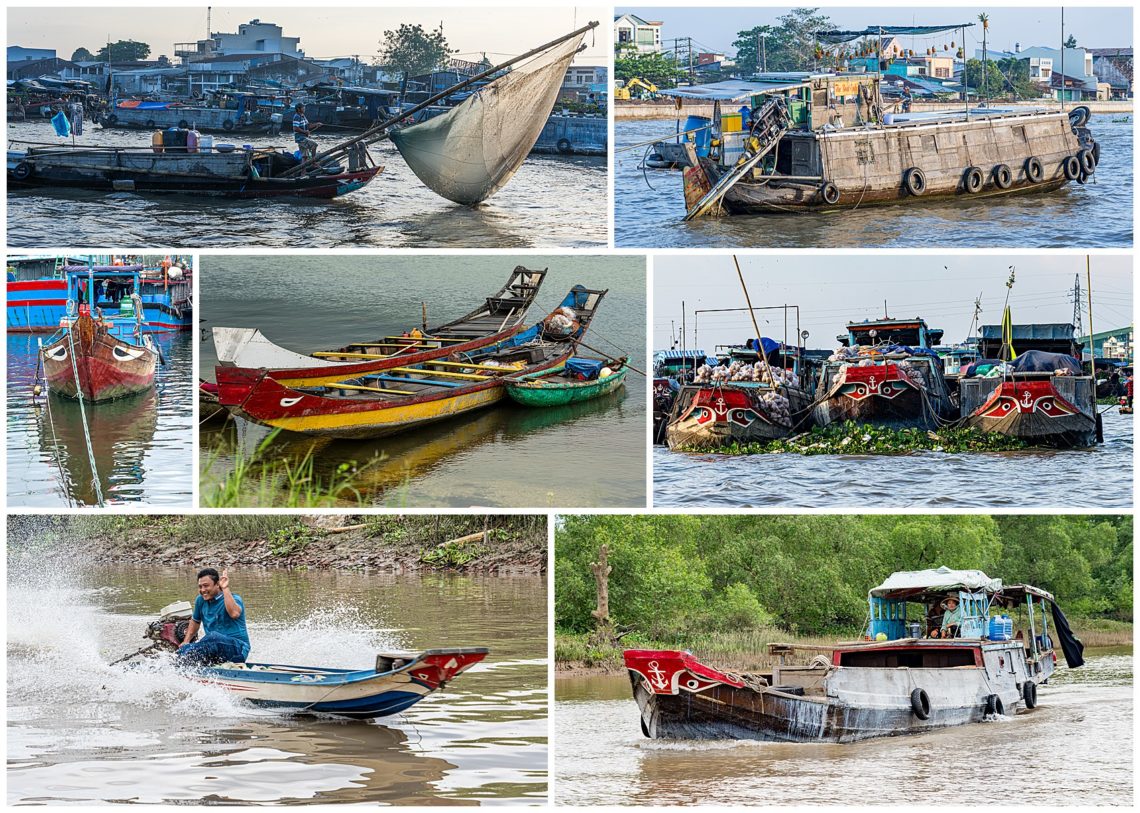
Can Tho is the fourth largest city in Vietnam and home to various floating markets, and a great place to start exploring the Mekong delta region. A number of canals snake through, so the region is teeming with life. We visited several smaller villages along the Mekong. We enjoyed seeing some of the boats painted with stylized, protective eyes in Da Nang (right center). Legend has it that these eyes protect against evil spirits and monsters lurking in the river.
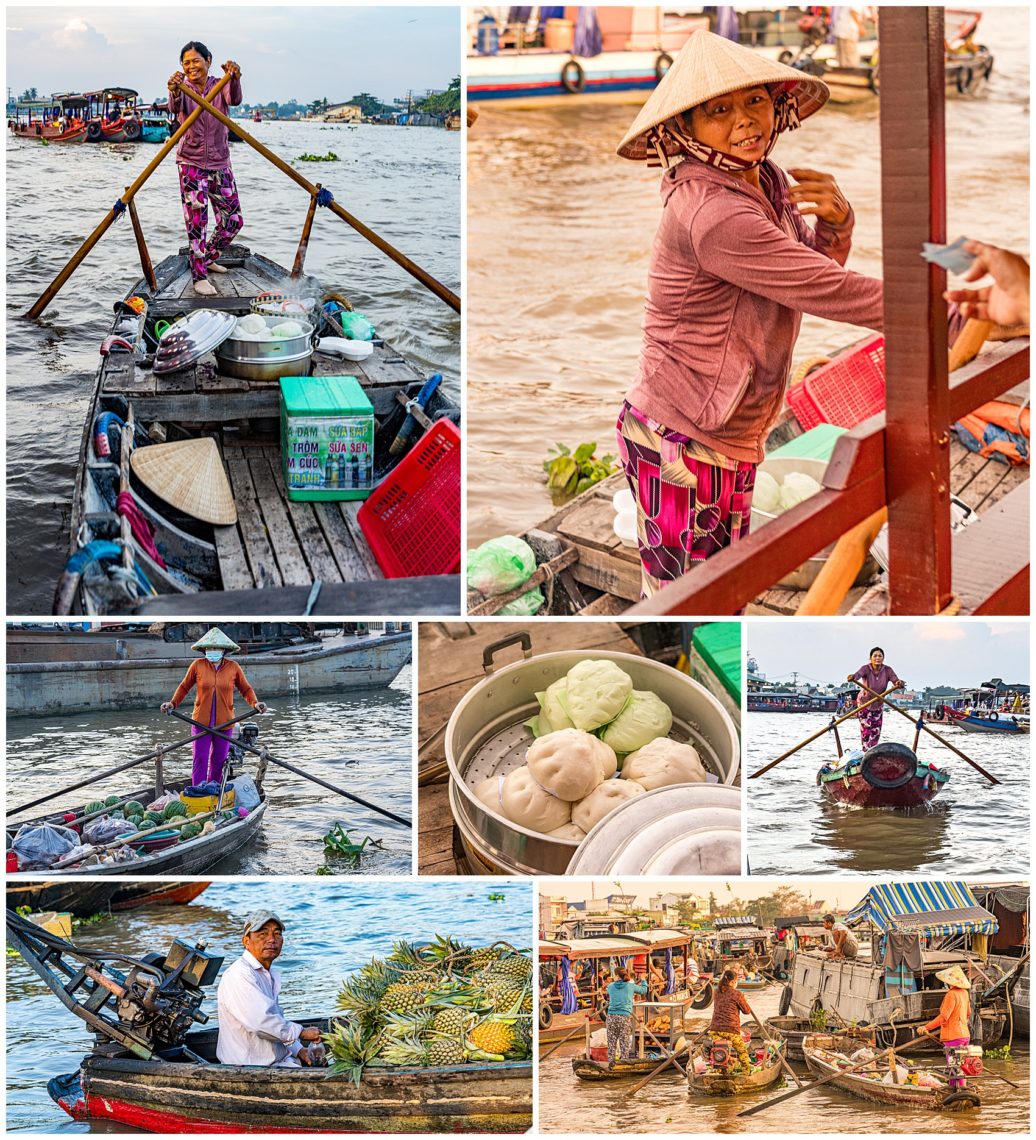
We were greeted by a number of retail vendors, trying to sell us breakfast foods, such as baos, fresh pineapples and coconuts, Vietnamese coffee, rice. Several people on our boat did buy some snacks, and our bau (a sweet bun with pork in the center) was one of the best we have eaten.
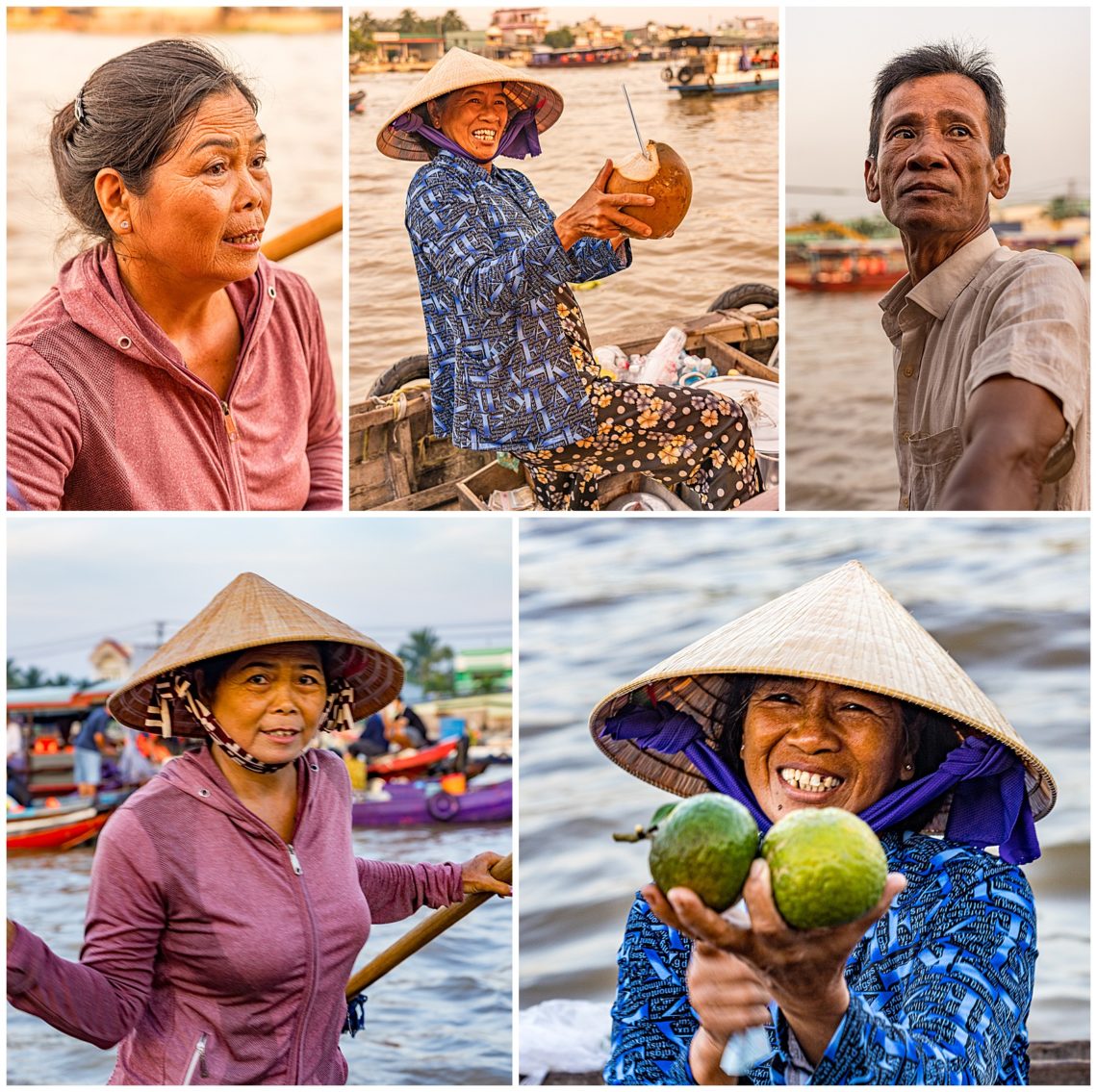
Every day, the markets start up around 5:00 AM, and by noon the market action is finished for the day. We caught the Cani Rang Floating Market at sunrise and for a brief moment, the yellow-orange skies lit up and the river transformed into a caramel color.
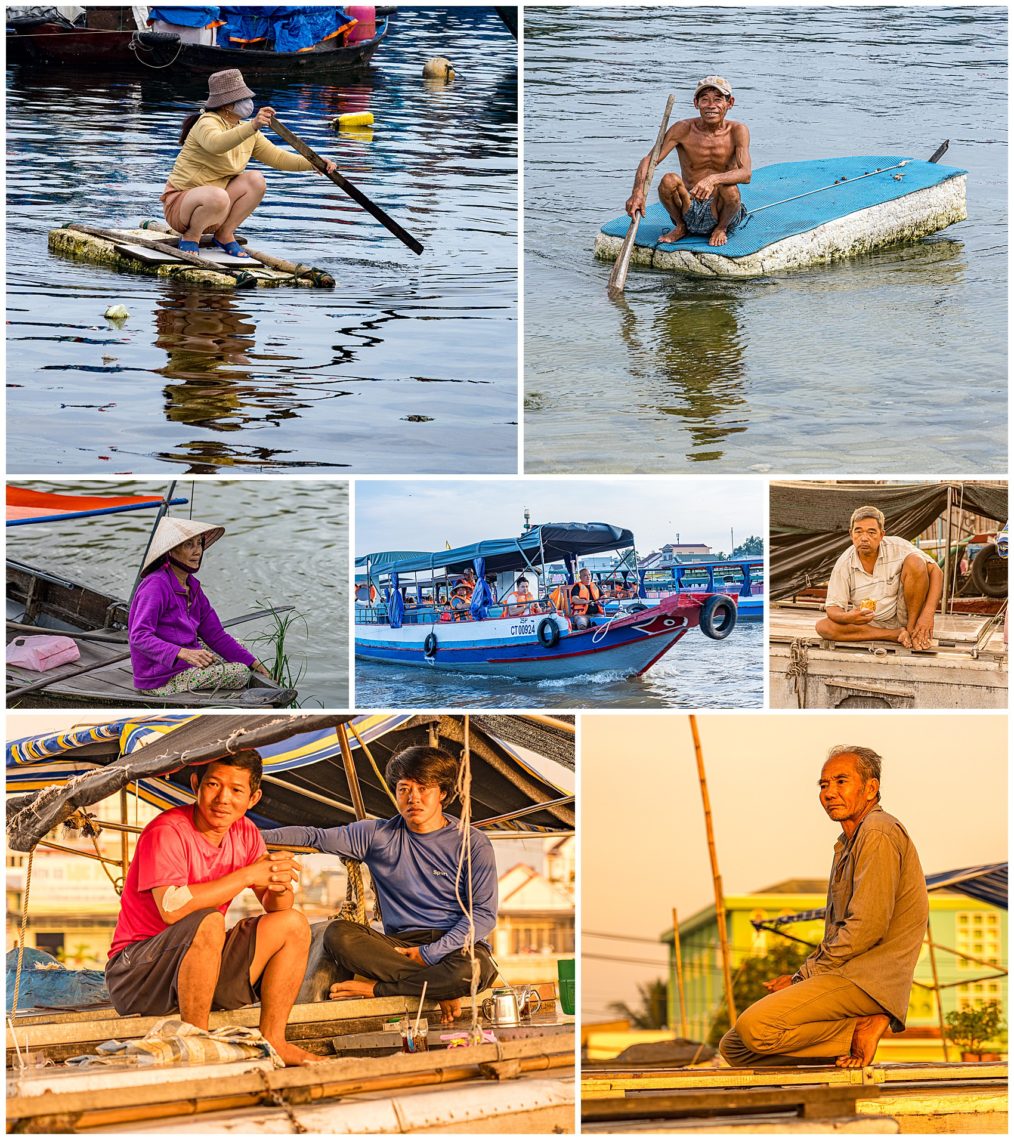
As we floated among the early morning market, we also had a chance to see how people live on the river. Above is a small sample of the hundreds of such photos we collected that morning.
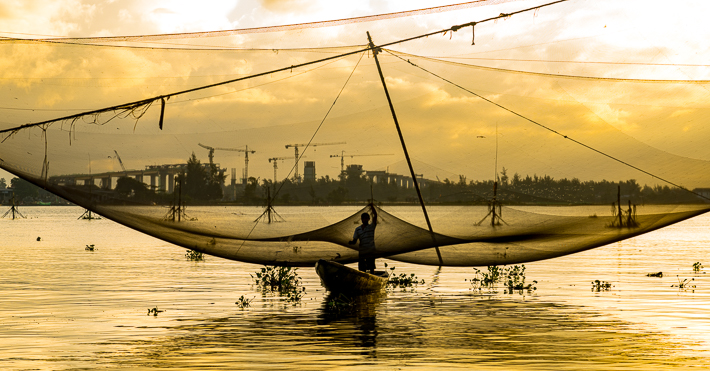
We will end this post with one more of our favorite images from the morning fisherman with his massive net that he used to catch a half dozen fingerling size fish that he would later use as bait for catching food more suitable for his home table.
